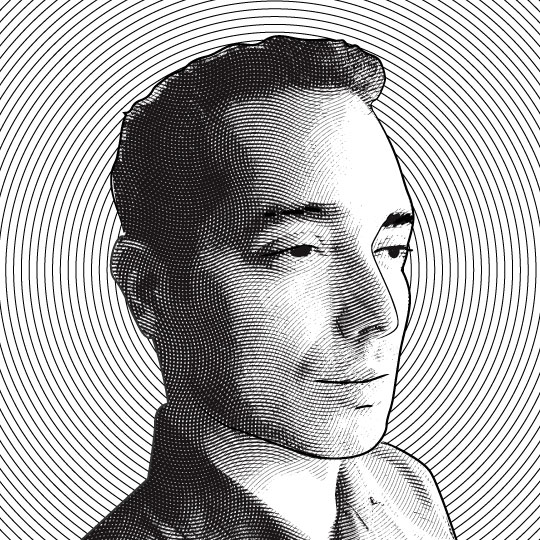A Tribute to Zaha Hadid - Architect of Tomorrow
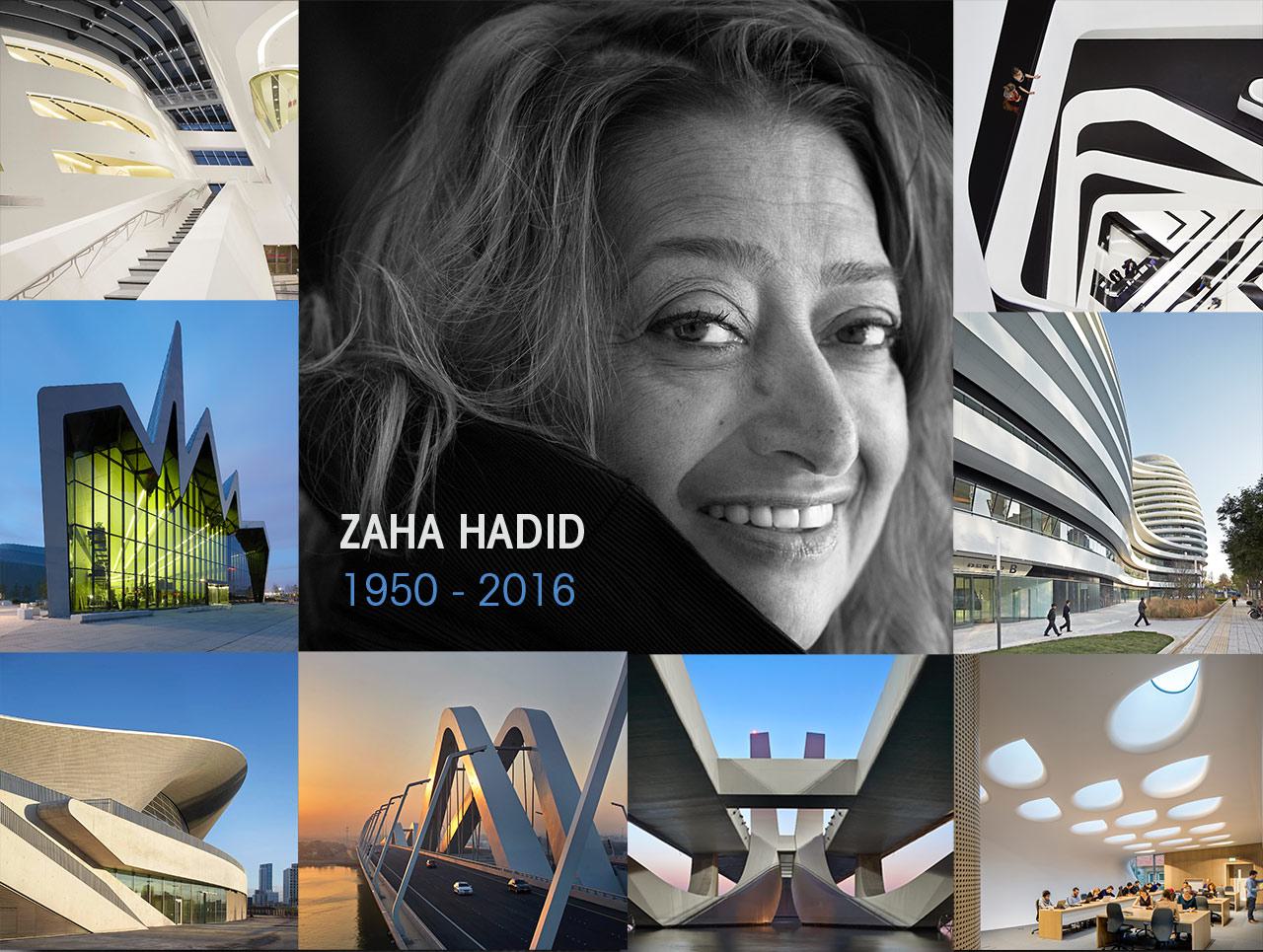
On March 31 2016, the architecture world lost one of its icons. Whether you were a fan or critic of her work, Zaha Hadid was a force to be reckoned with. Her insatiable knack for pushing the limits of her medium and public perception earned her a reputation as a vanguard of industry. Today her buildings stand as a testament to her willingness to explore the unknown, along with her trademark style of sleek and undulating forms which help soften the impact of such bold and radically different designs. Her brilliant use of unorthodox shapes and patterns helped define some of the world’s most distinctive spaces, including everything from bridges to pavilions and even an Olympic Stadium for the 2012 Games.
More than an architect, Zaha was a visionary whose canvas was three dimensional space itself. Whether she was designing a building, a piece of furniture or a sculpture, everything Zaha touched seemed to belong to an amorphic future that dares to dream outside of the 20th century box. In truth she was light years ahead of so many, and in her absence all the rest of the world can do now is pick up the pieces, and try to catch up. Here are just a few of the most influential projects she’s worked on over the years.
Sheikh Zayed Bridge, UAE
From its first napkin sketches in 1997 to its completion in 2010, this bridge, located in Abu Dabi is a primary example of Hadid’s gift for taking something as potentially mundane as a bridge and setting a completely new standard in municipal design - a field noted more for its practicality than its aesthetics. Zaha’s sweeping ambitions are on full display here in one of her crowning achievements - turning a path into a destination.
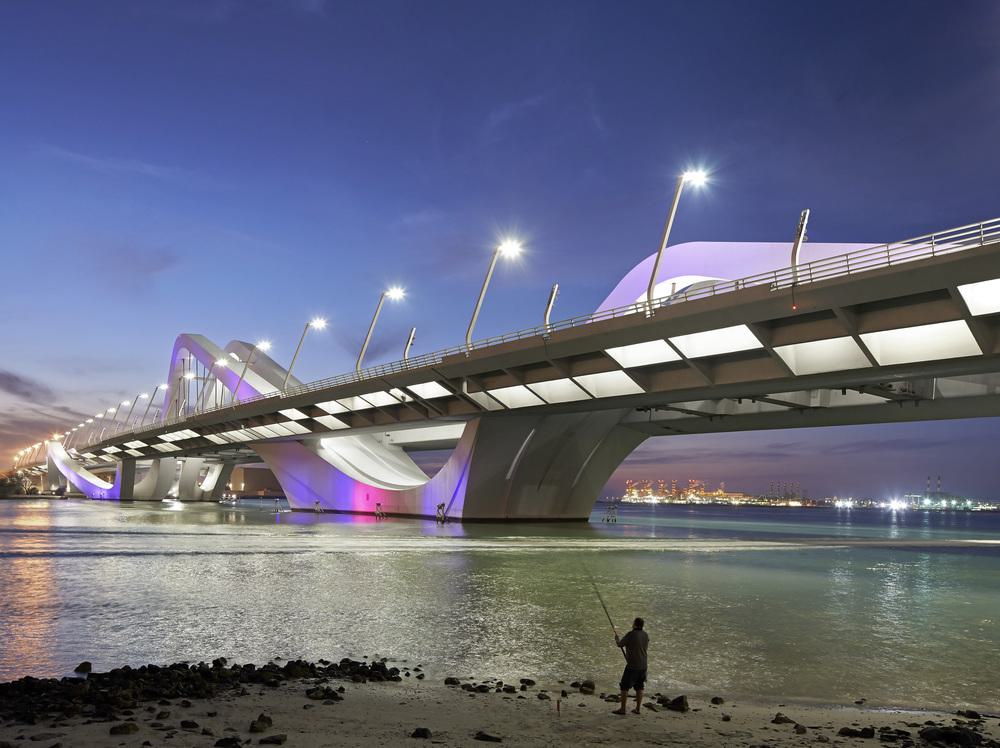
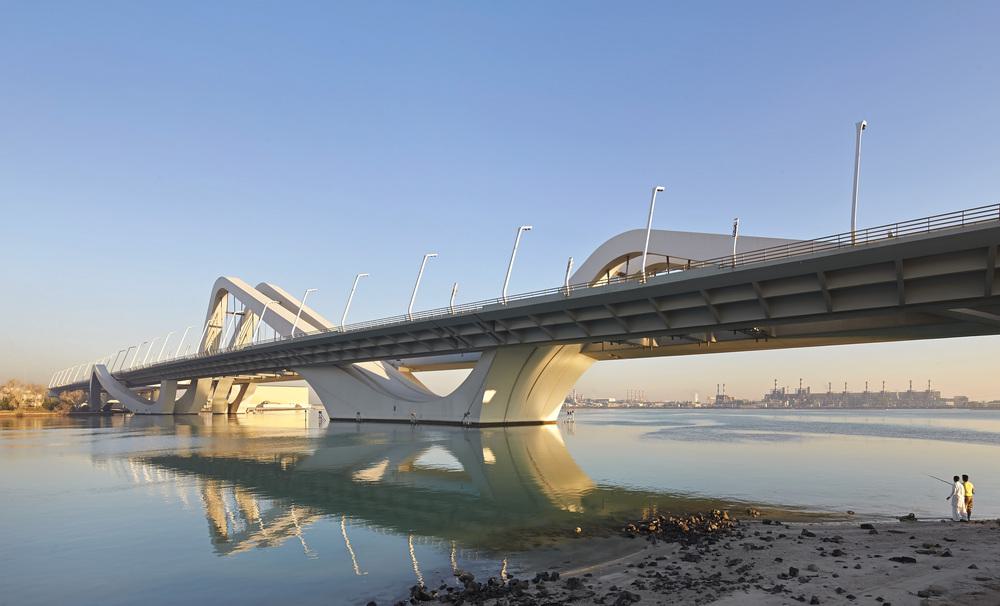
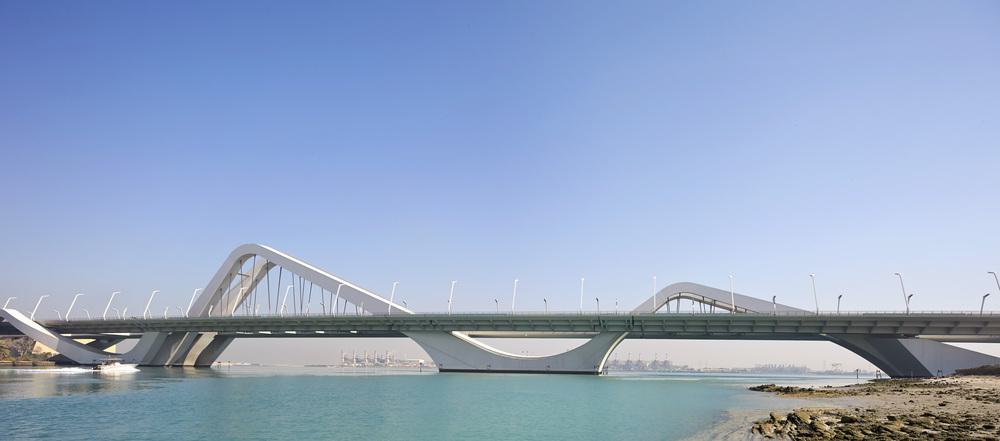
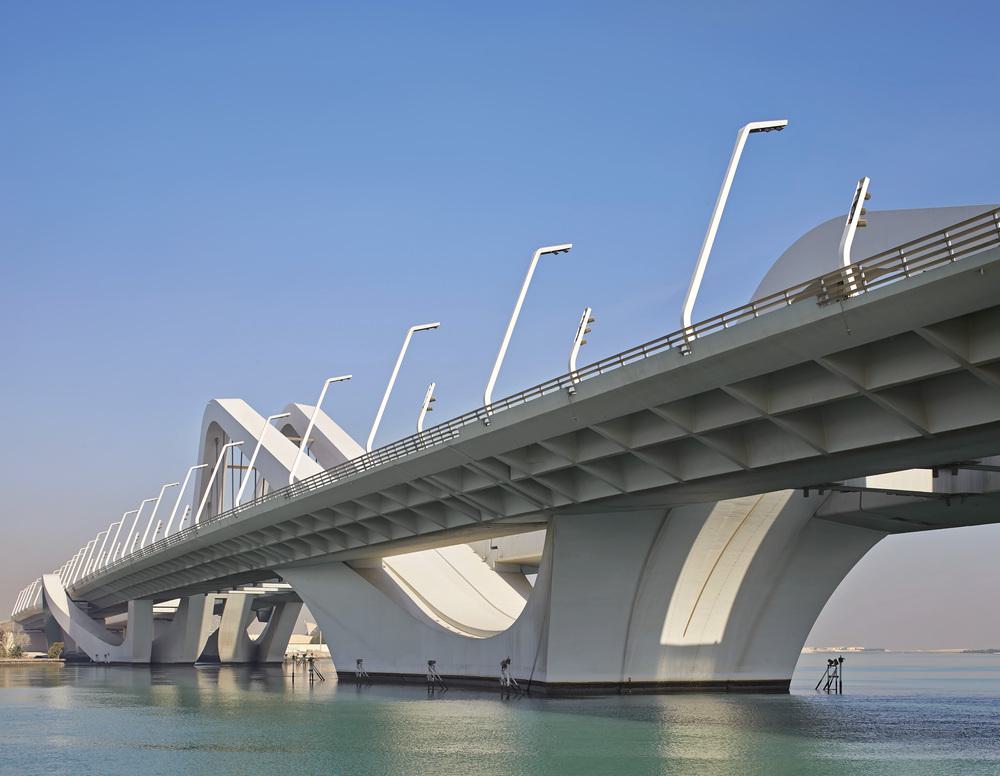
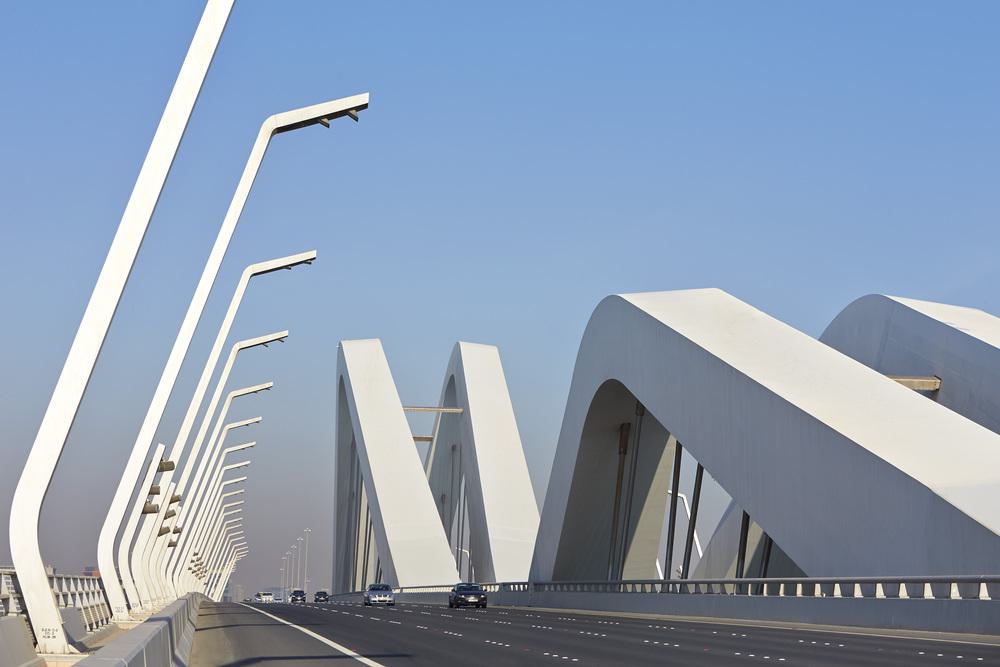
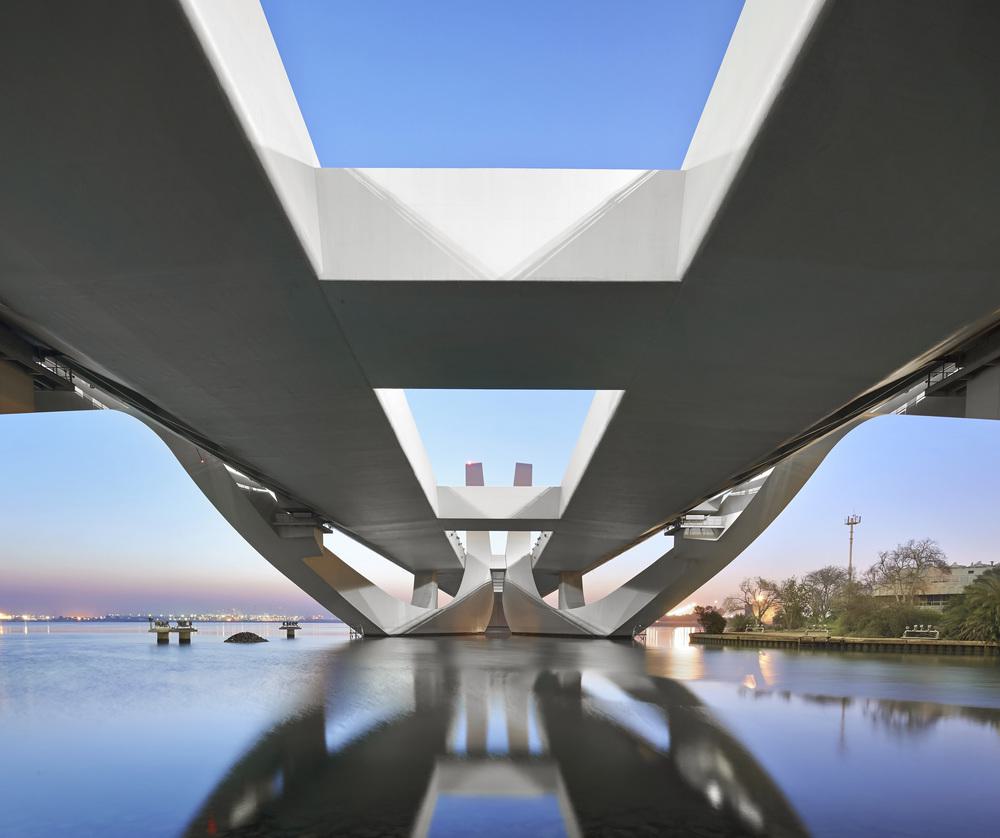
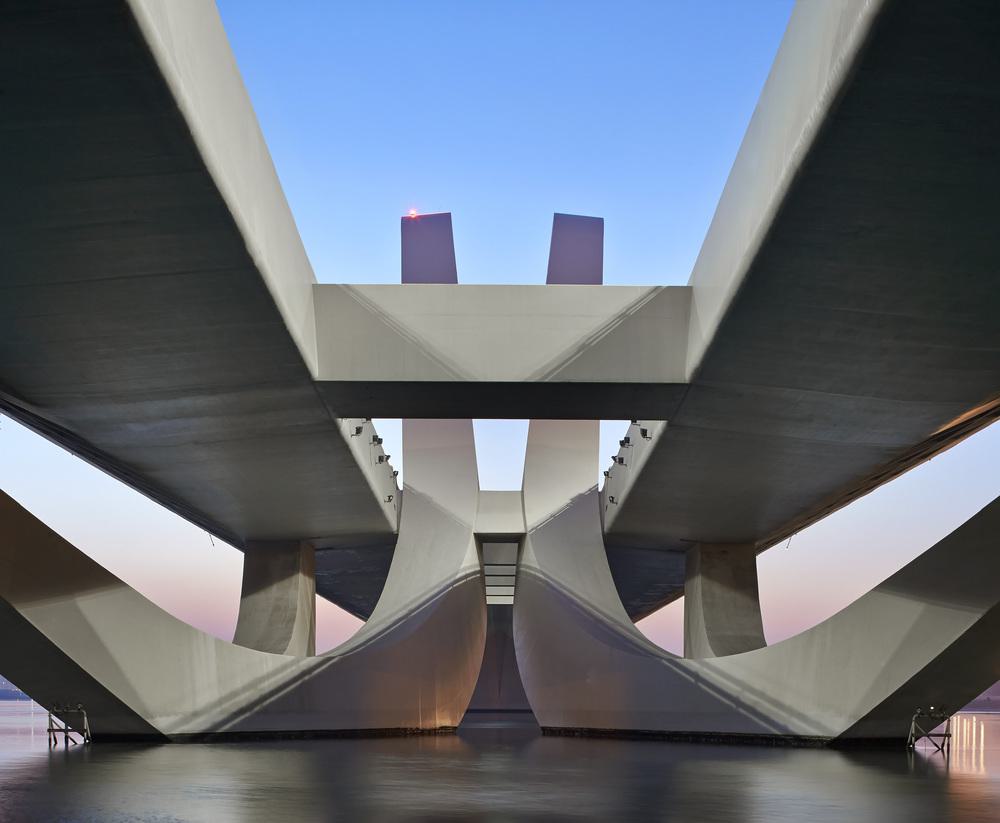
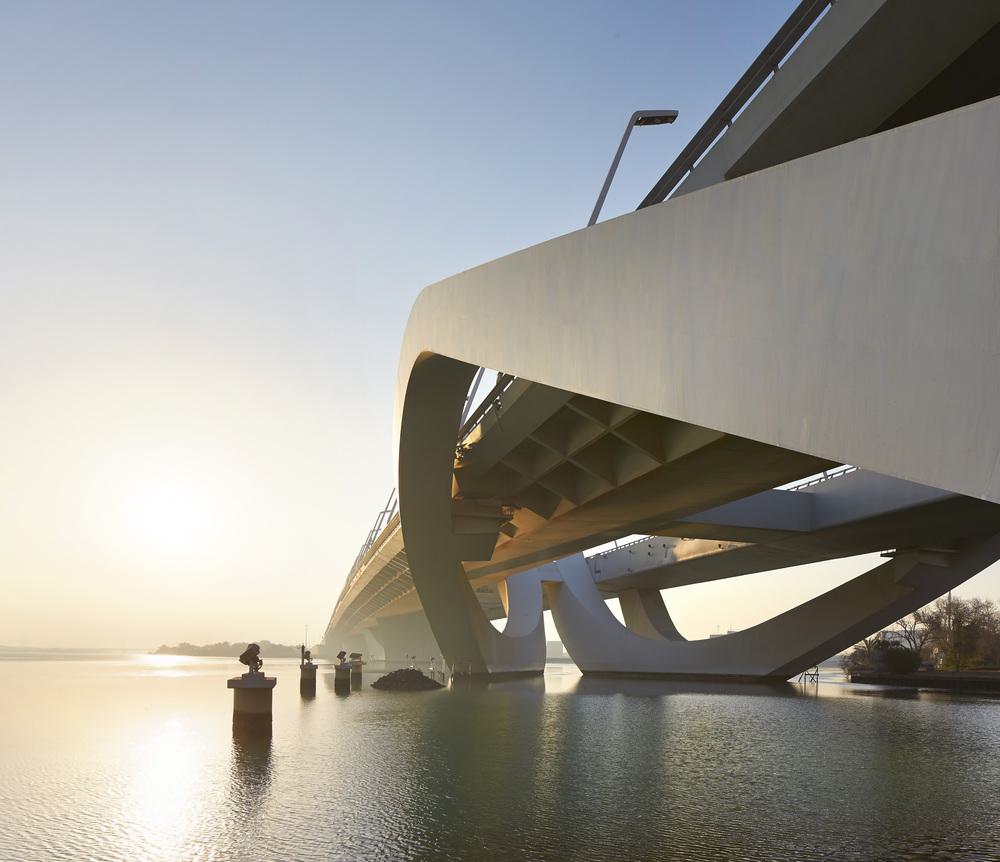
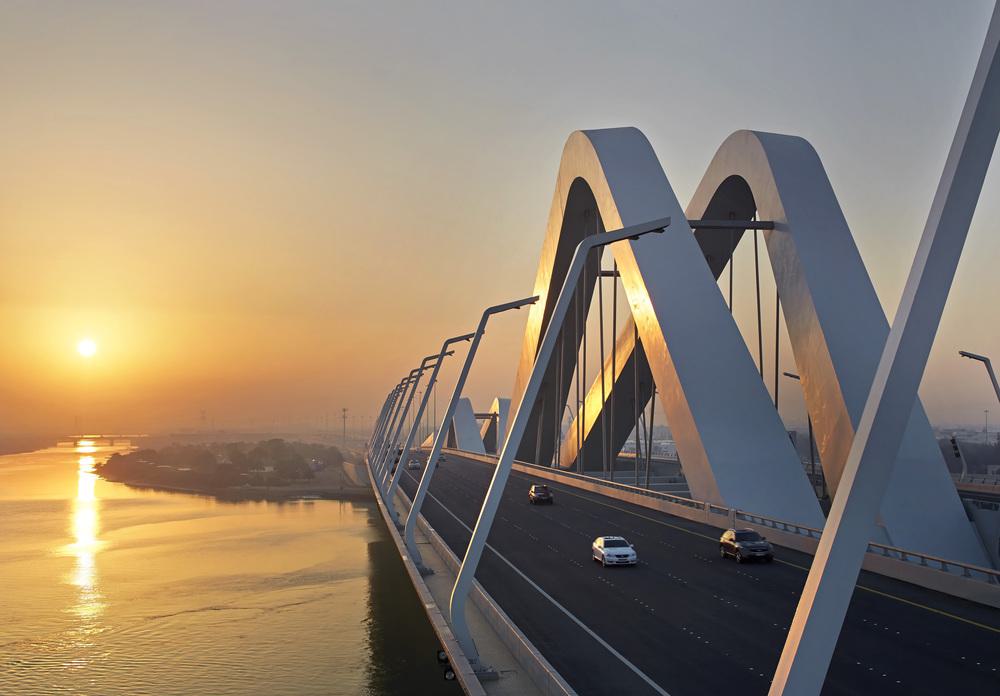
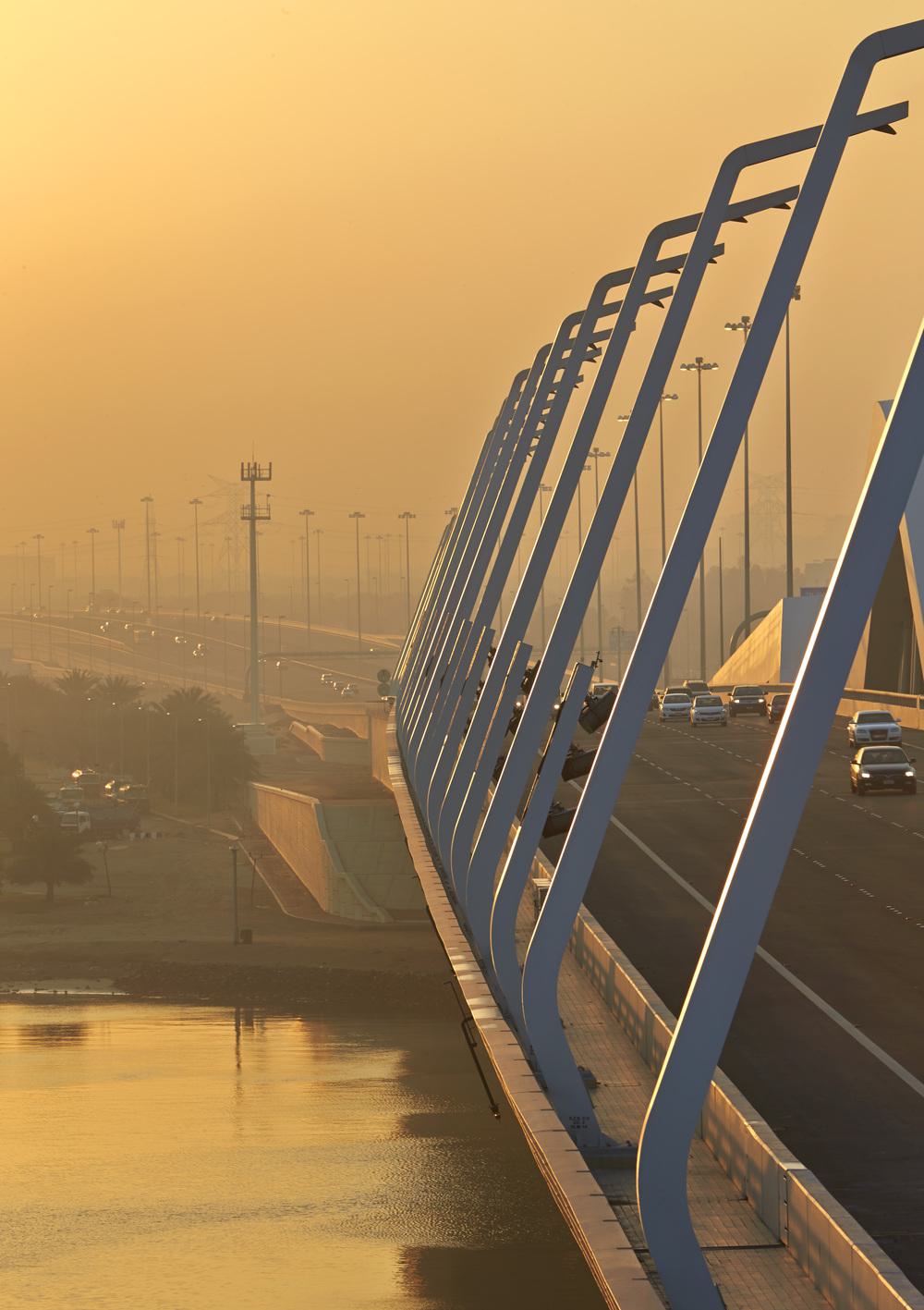
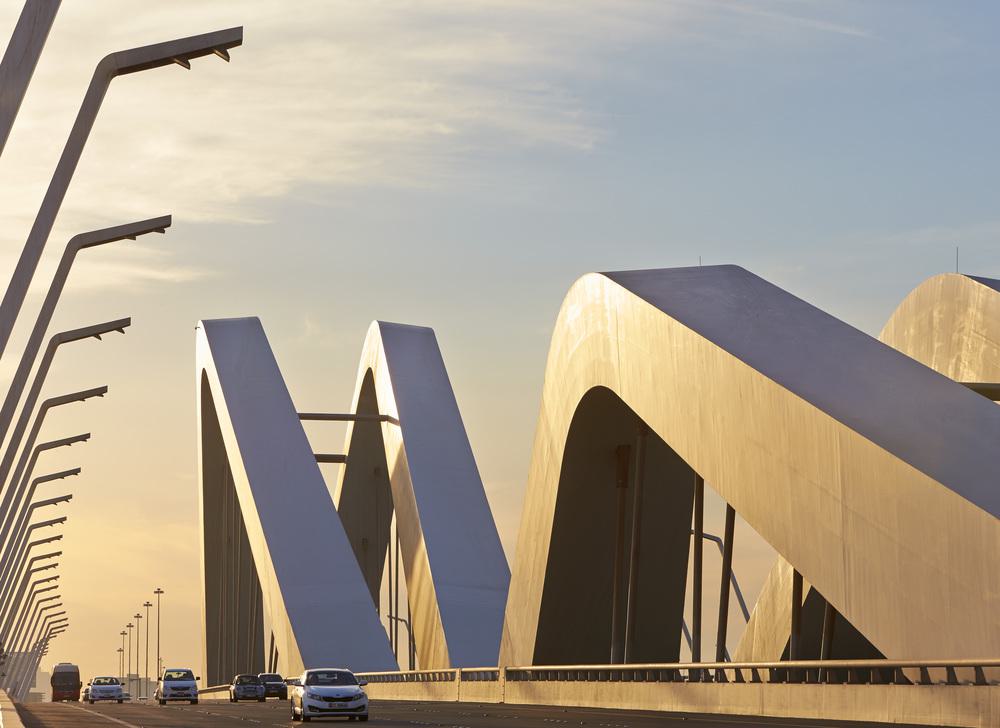
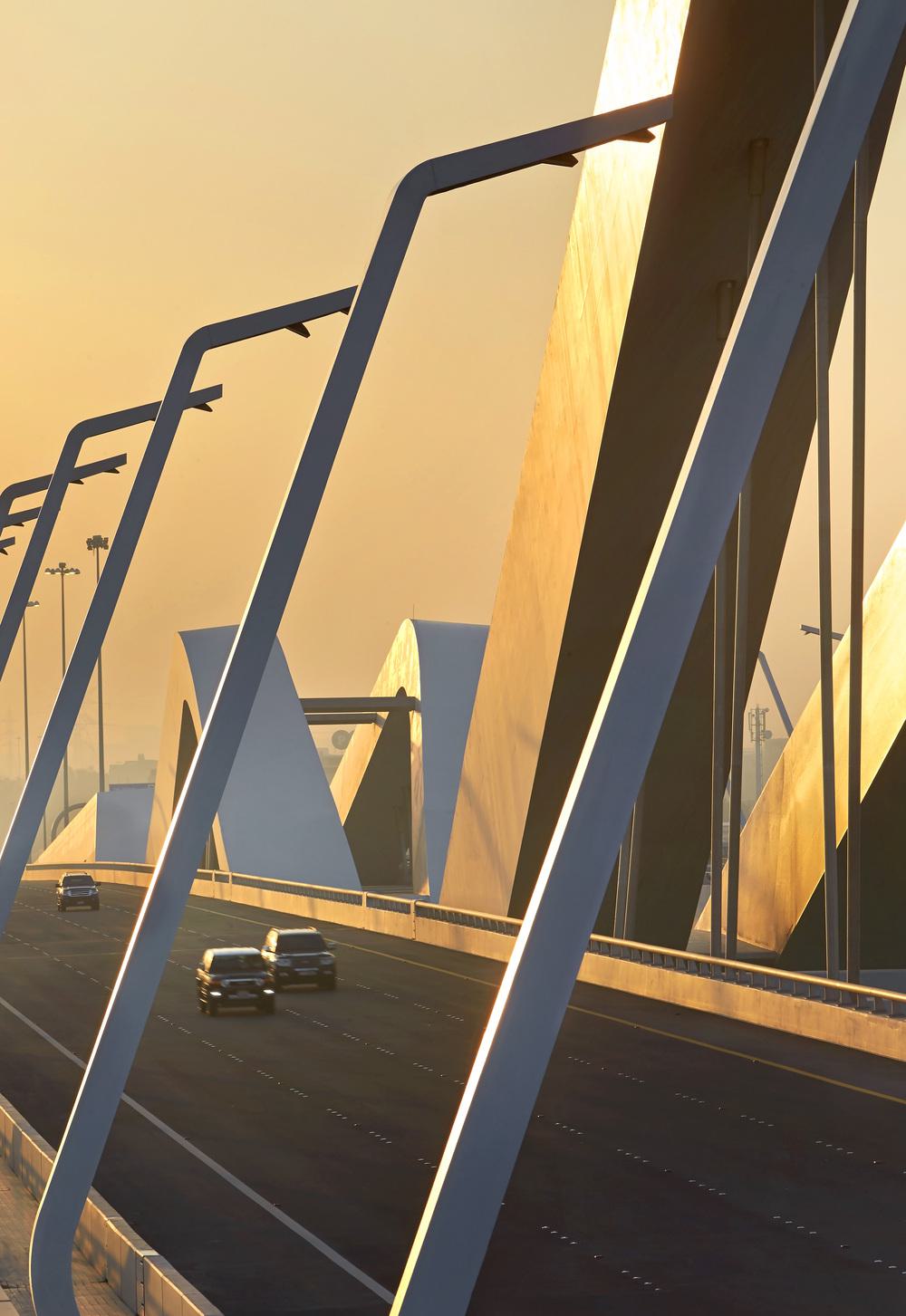
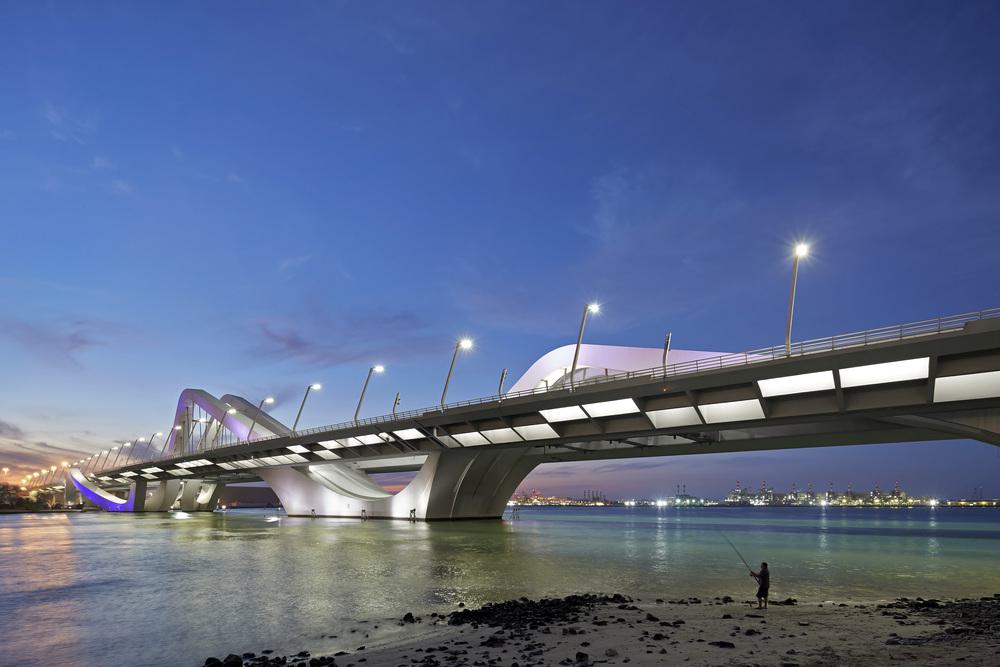
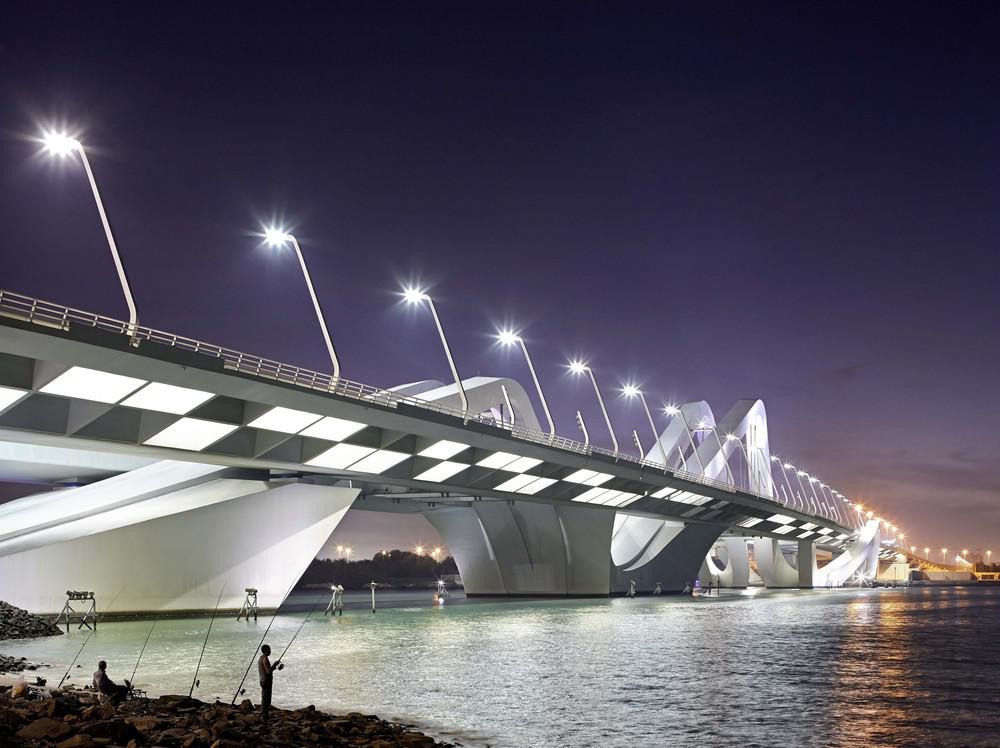 Images courtesy of Hufton + Crow Photographers
Images courtesy of Hufton + Crow Photographers
Dominion Office Building, Moscow
Breaking new ground for creative and IT professionals in one of the city’s more industrial sections, Hadid gives us a glimpse of the future with a design worthy of any Kubrick film. The stark use of black and white helps to accentuate the boldness of this design - arguably one of her most impressive interior spaces.
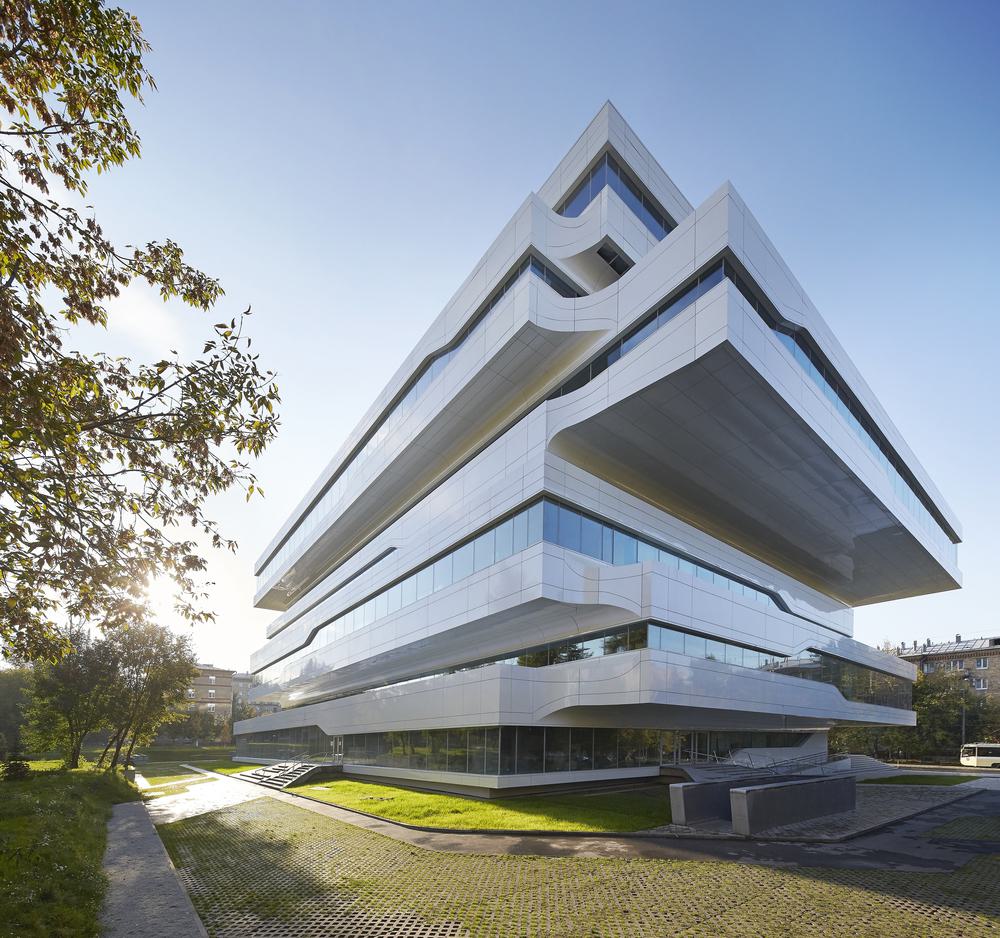
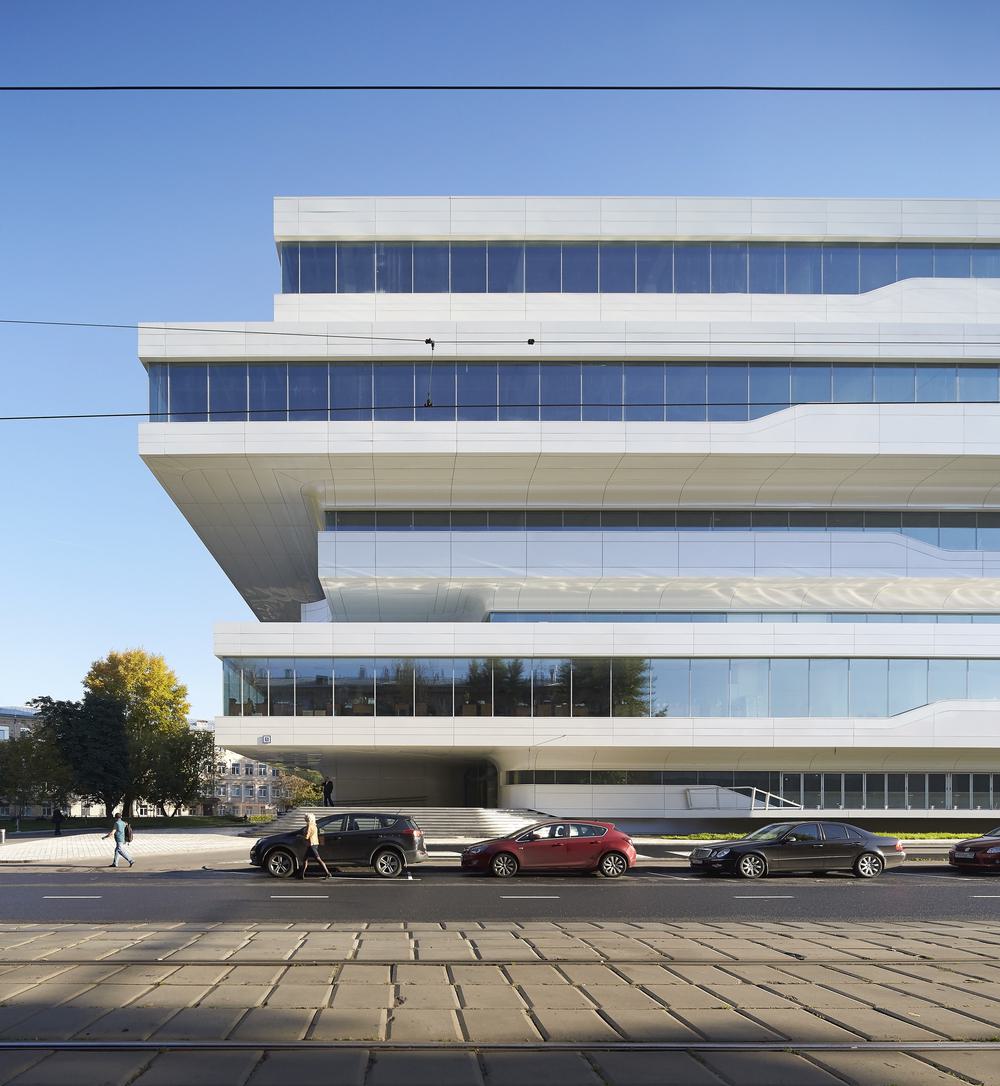
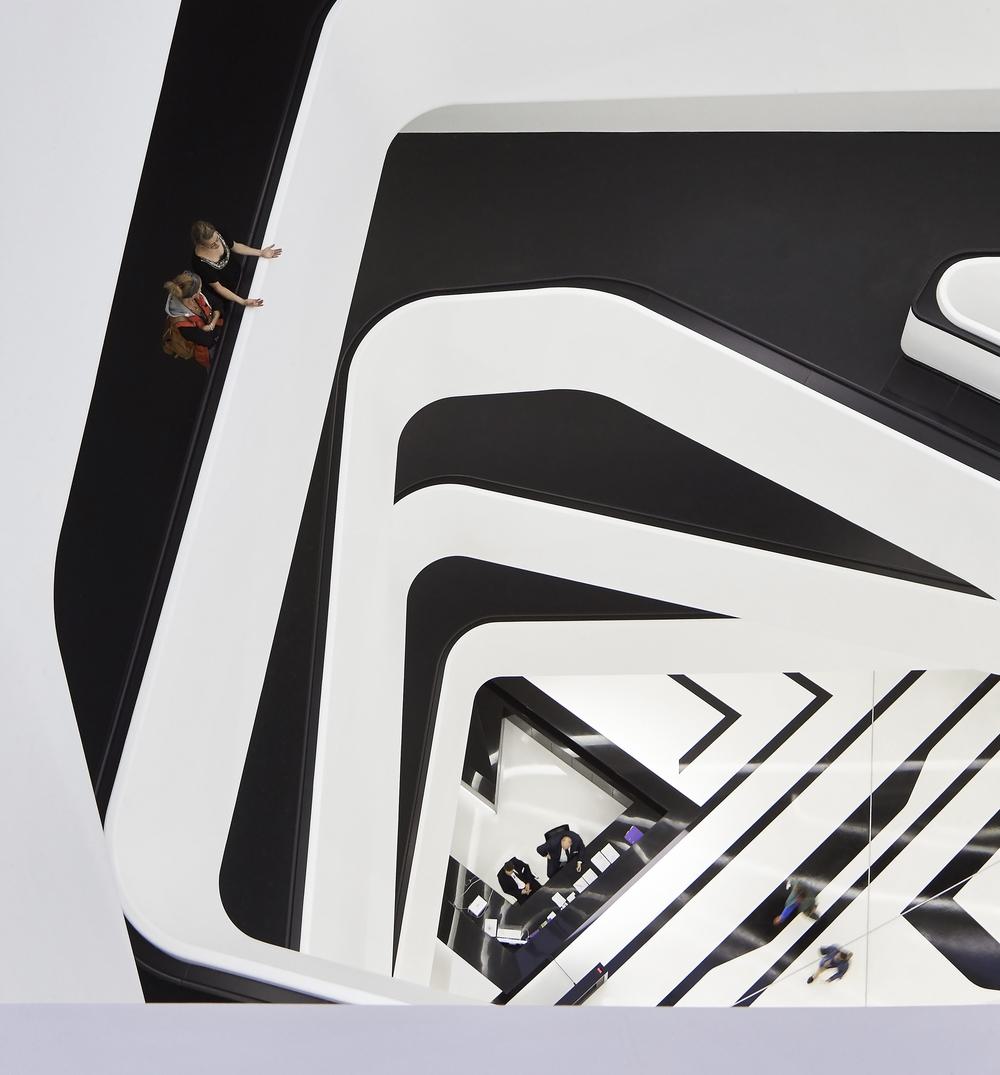
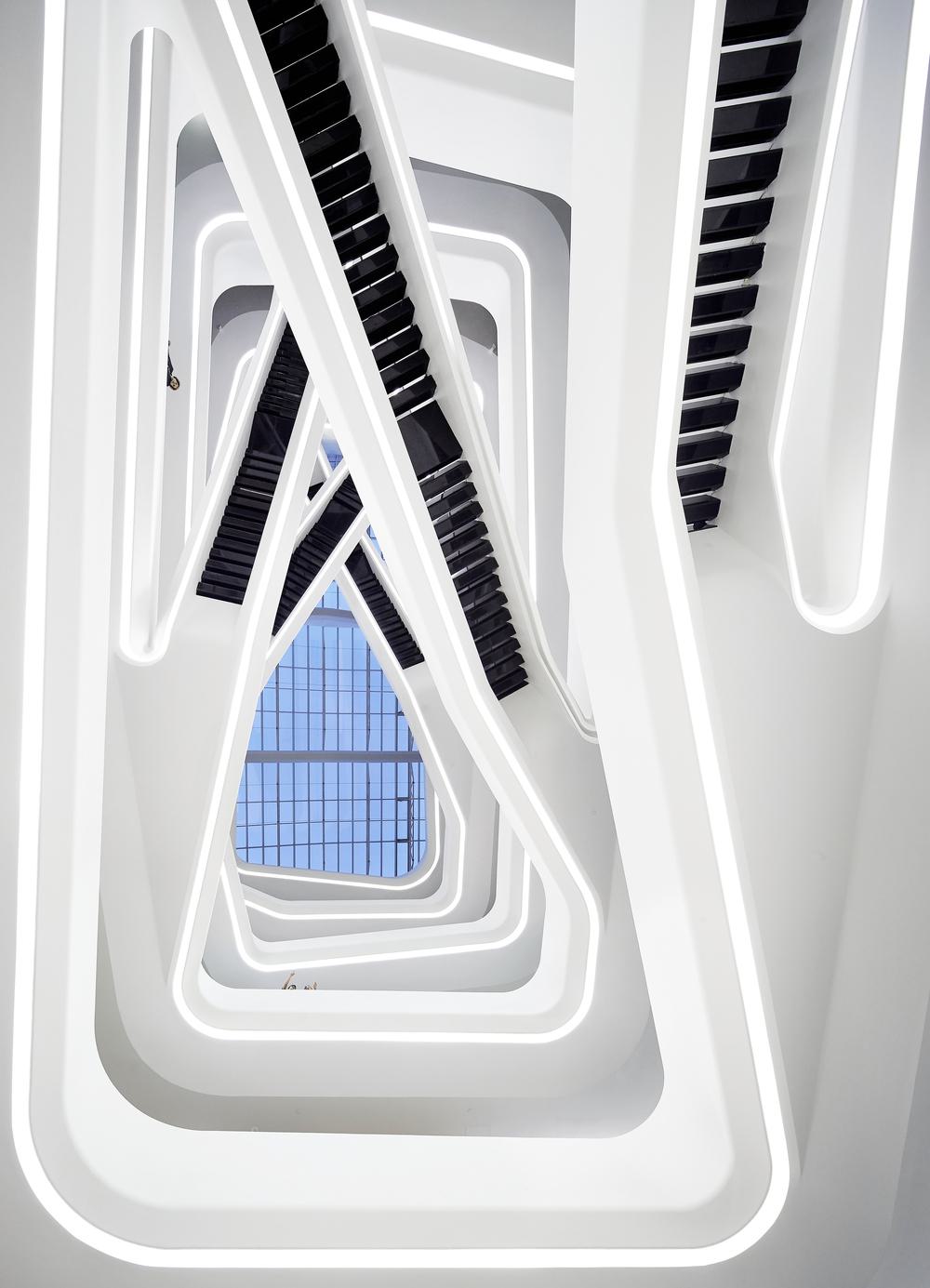
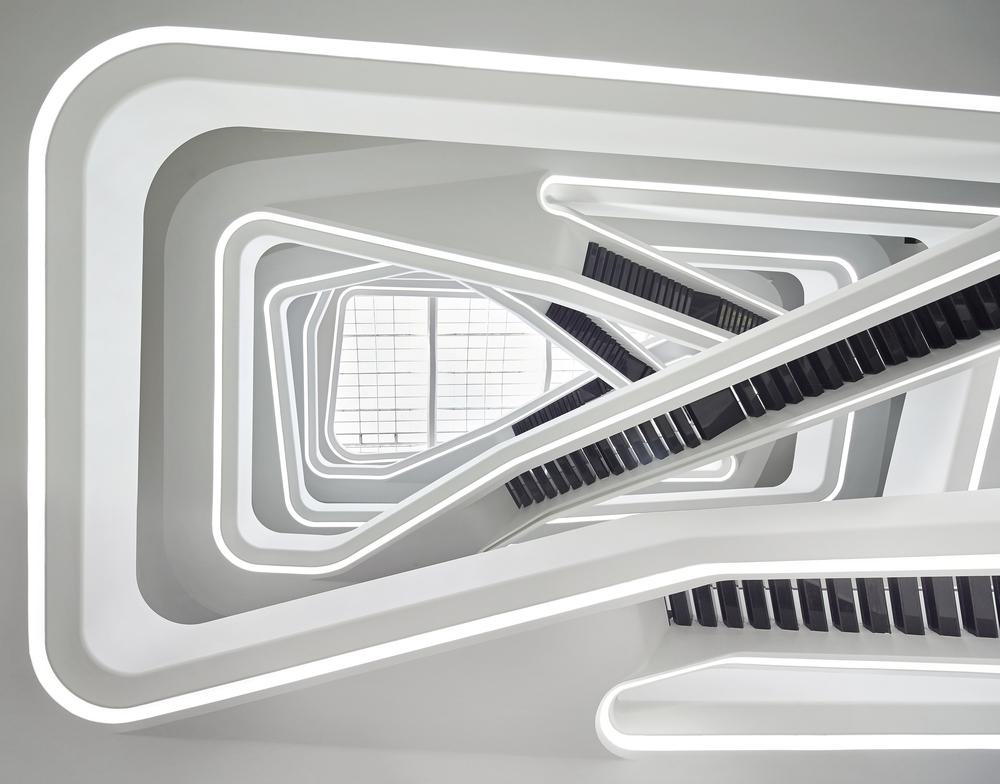
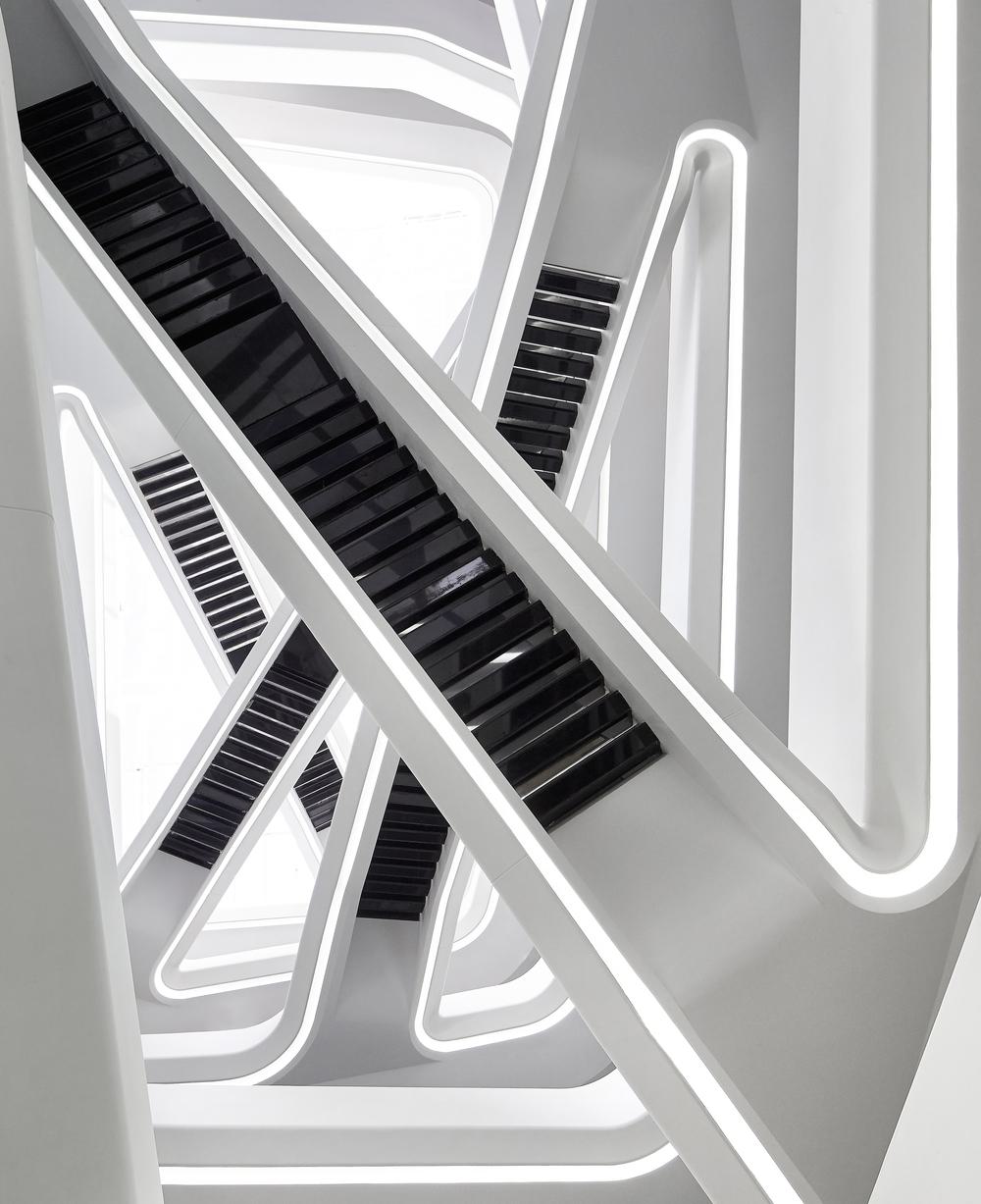
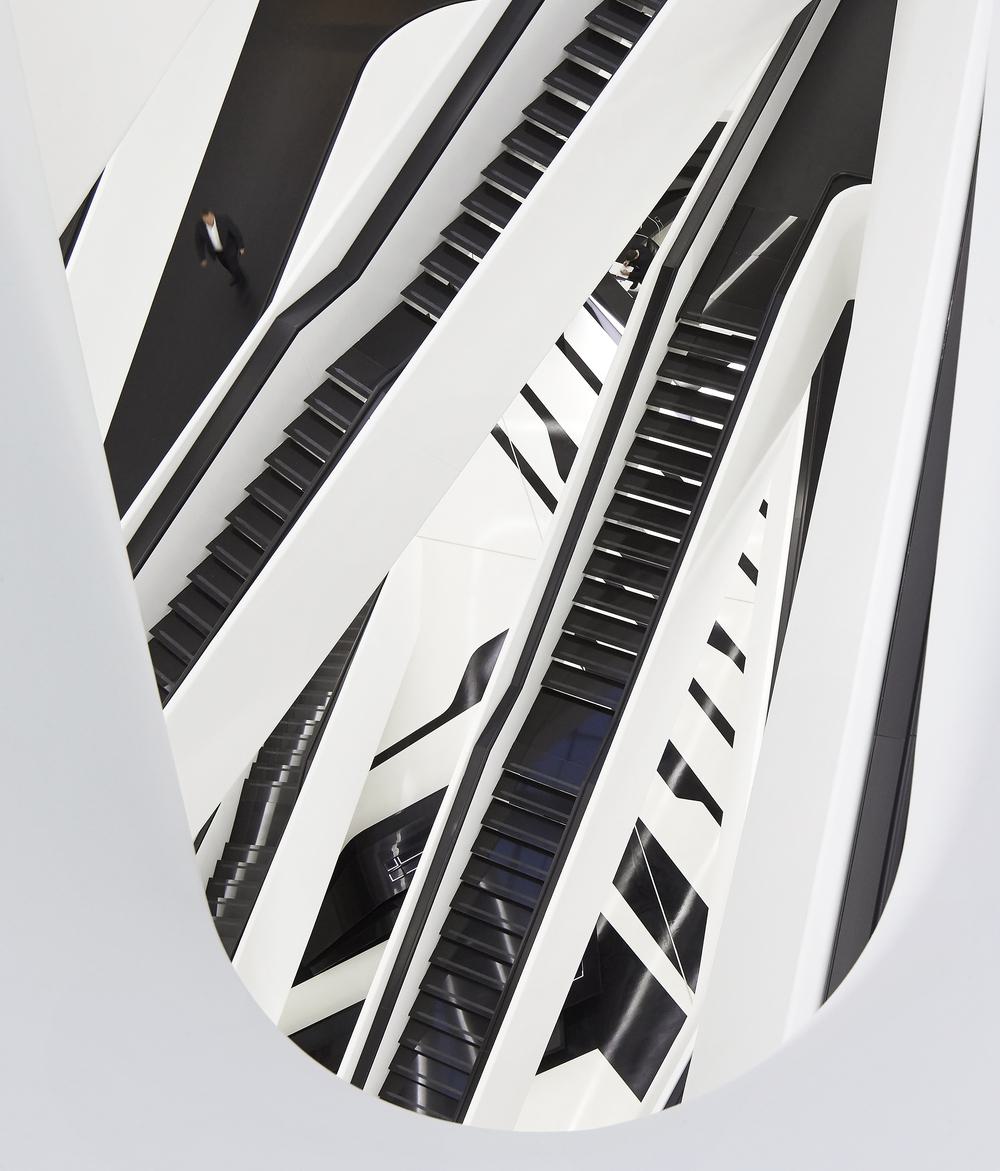
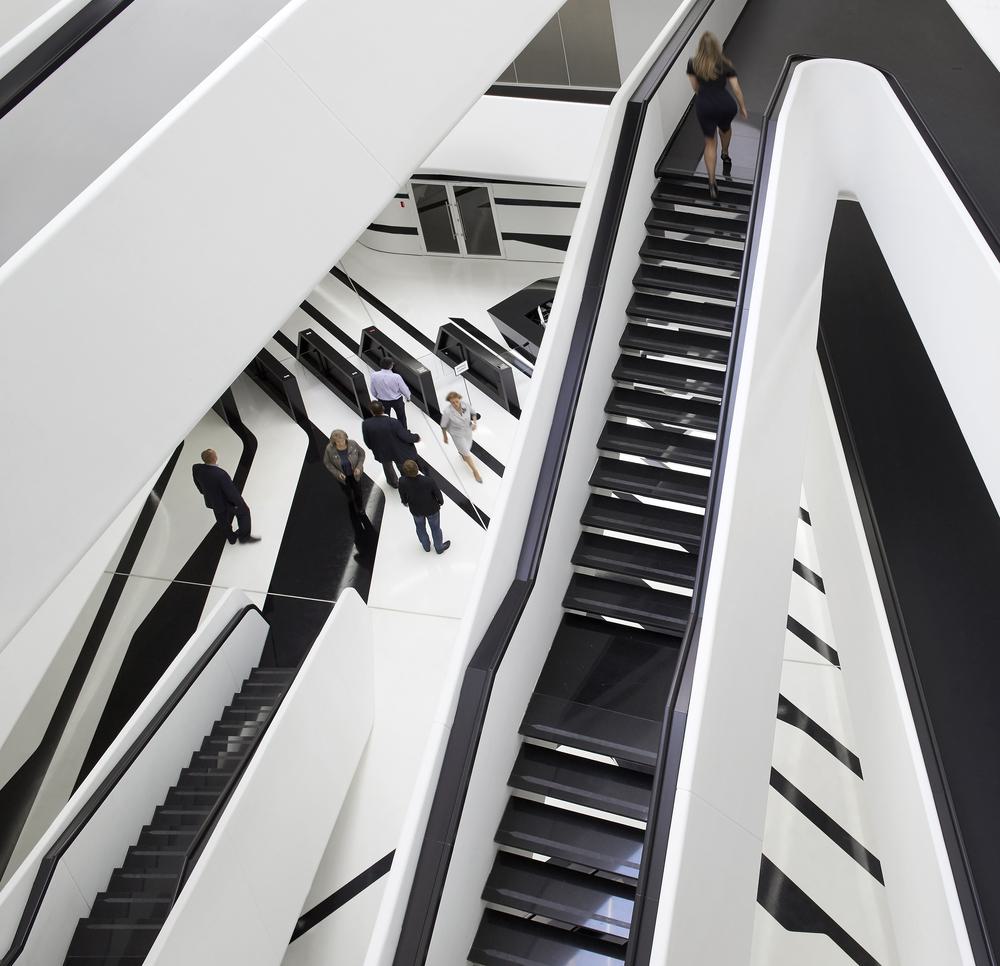
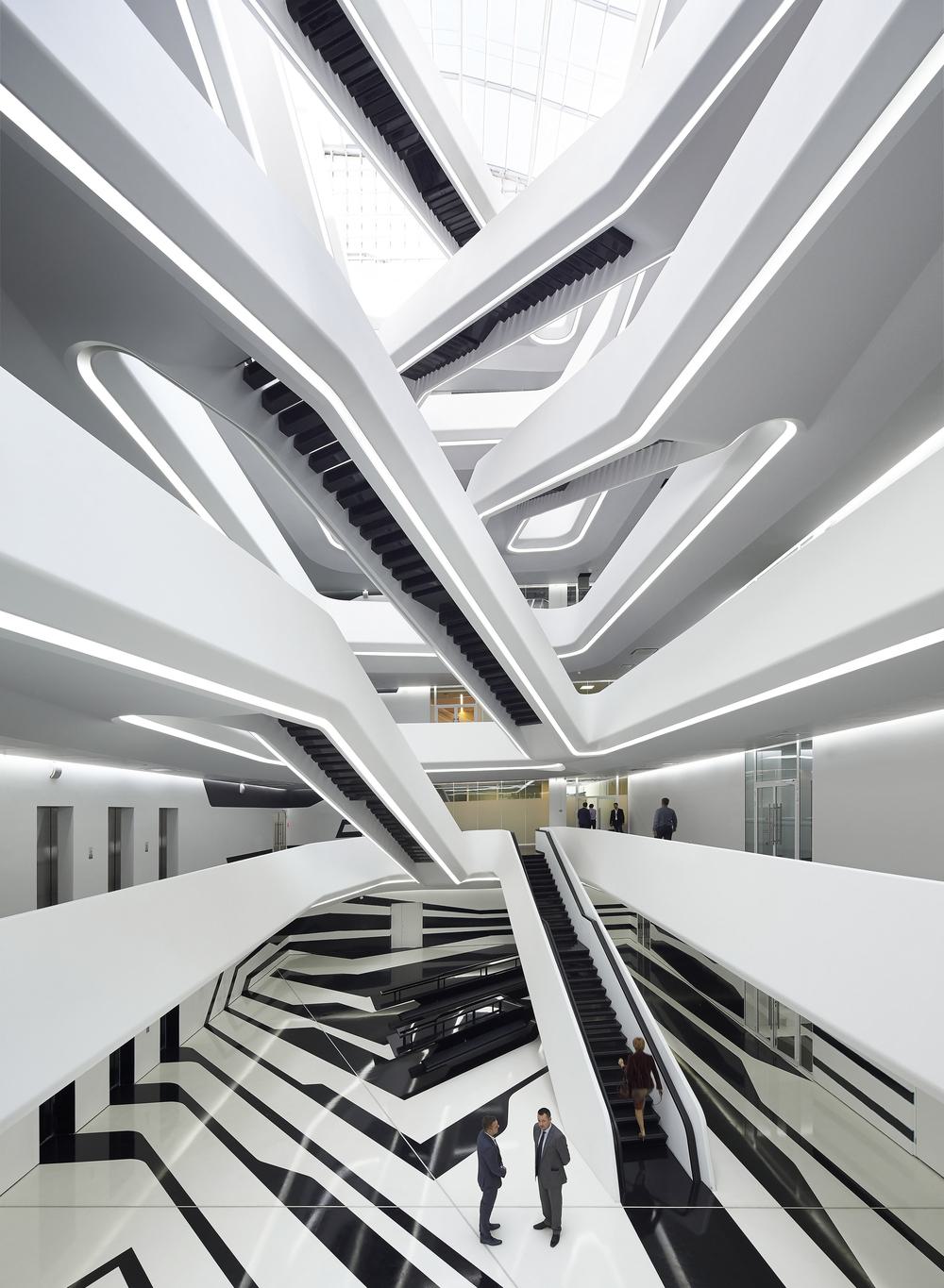 Images courtesy of Hufton + Crow Photographers
Images courtesy of Hufton + Crow Photographers
London Acquatics Centre, UK
Completed in 2011 for the 2012 Olympic games, this location ups the ante for spectator sports with a facade that mimics waves and encases 15,950m2 of open, sunlit space which would seat a total of 15,000 for the prestigious event. The space was later converted for community use, ensuring that people would be able to enjoy the space for generations to come.
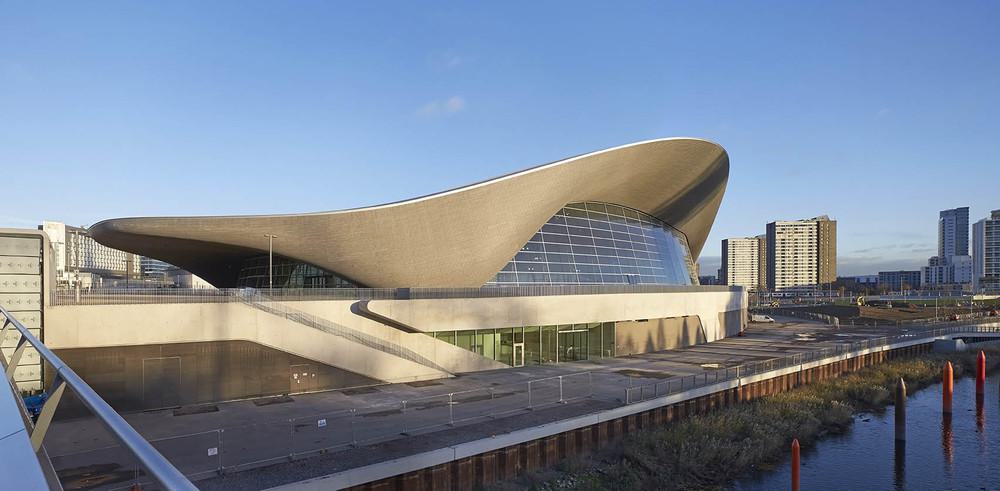
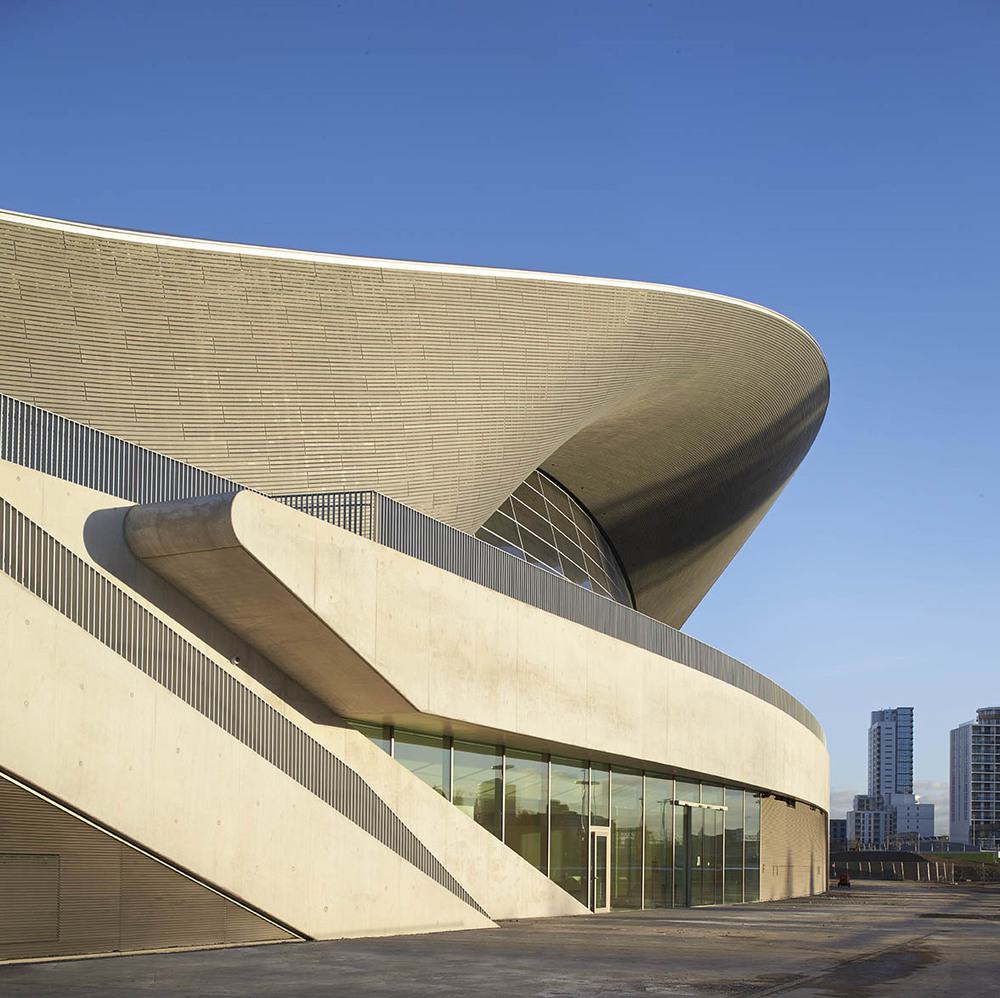

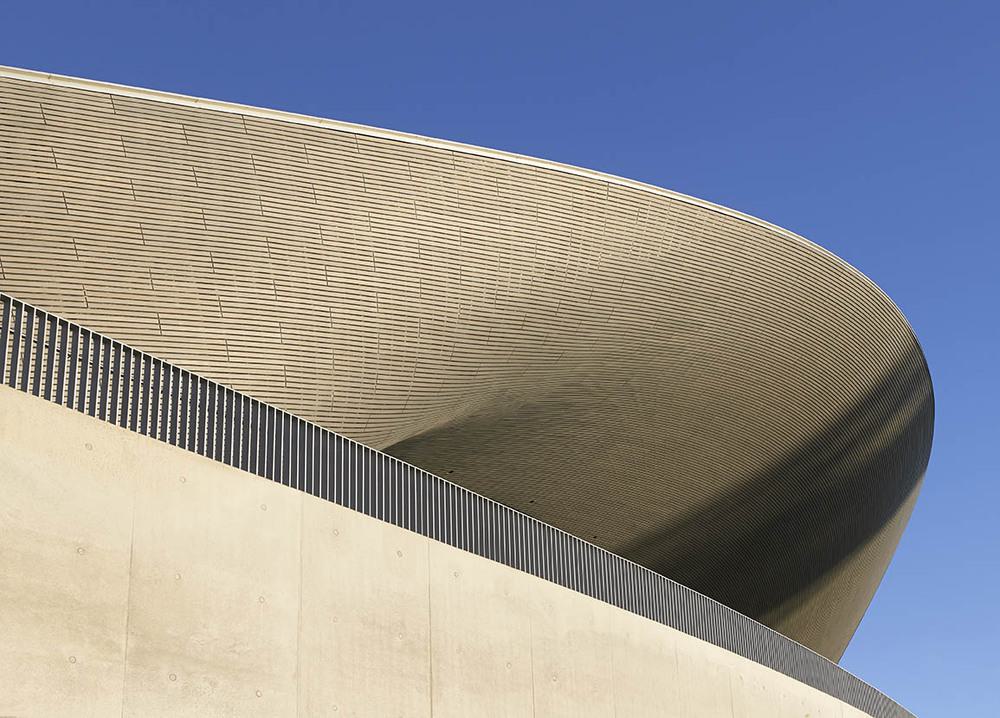
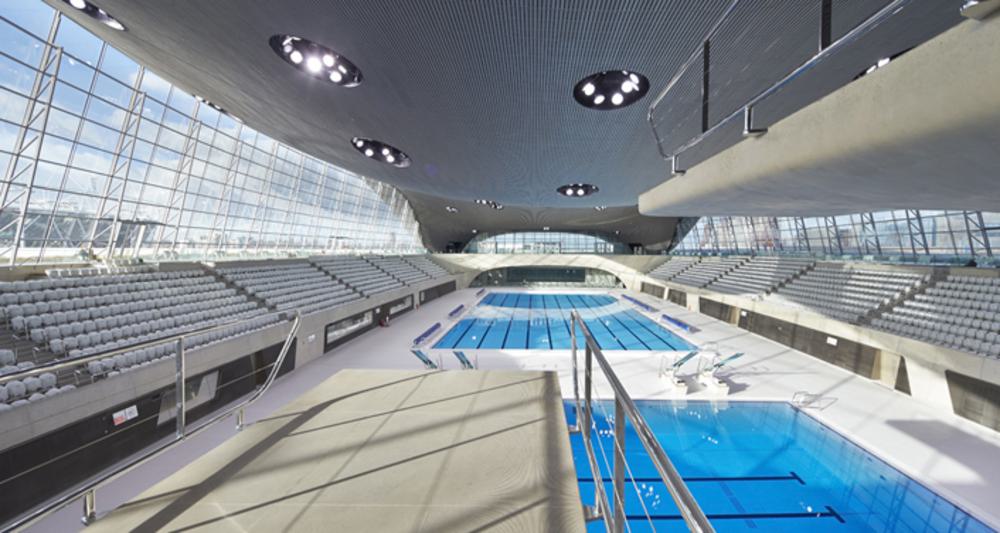
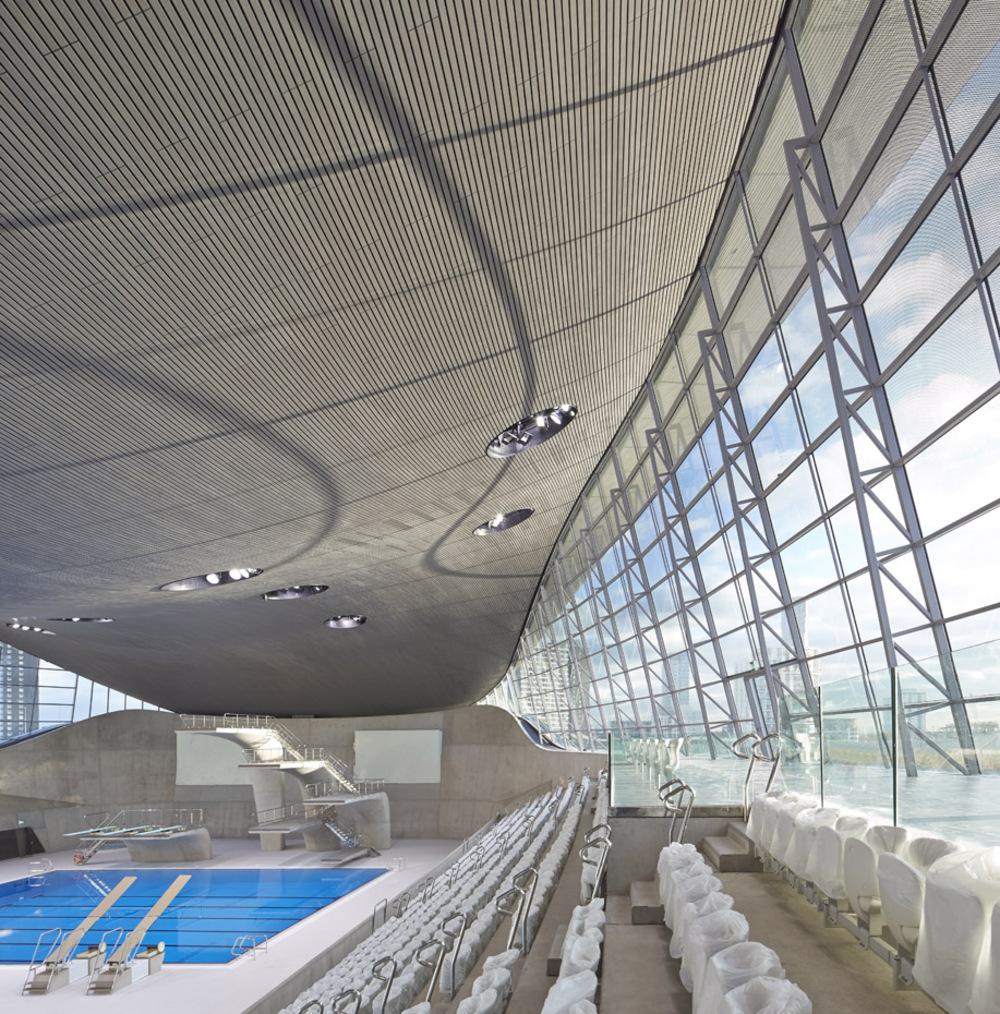
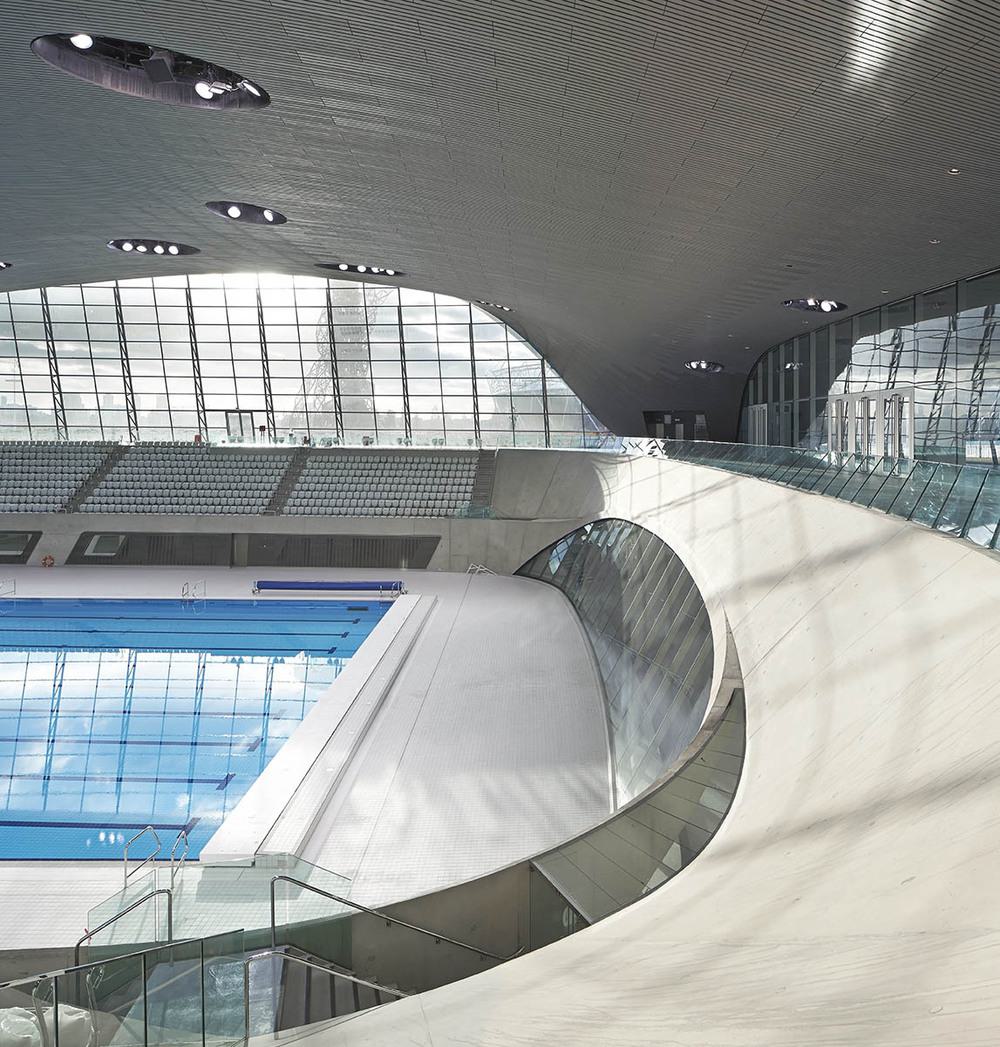
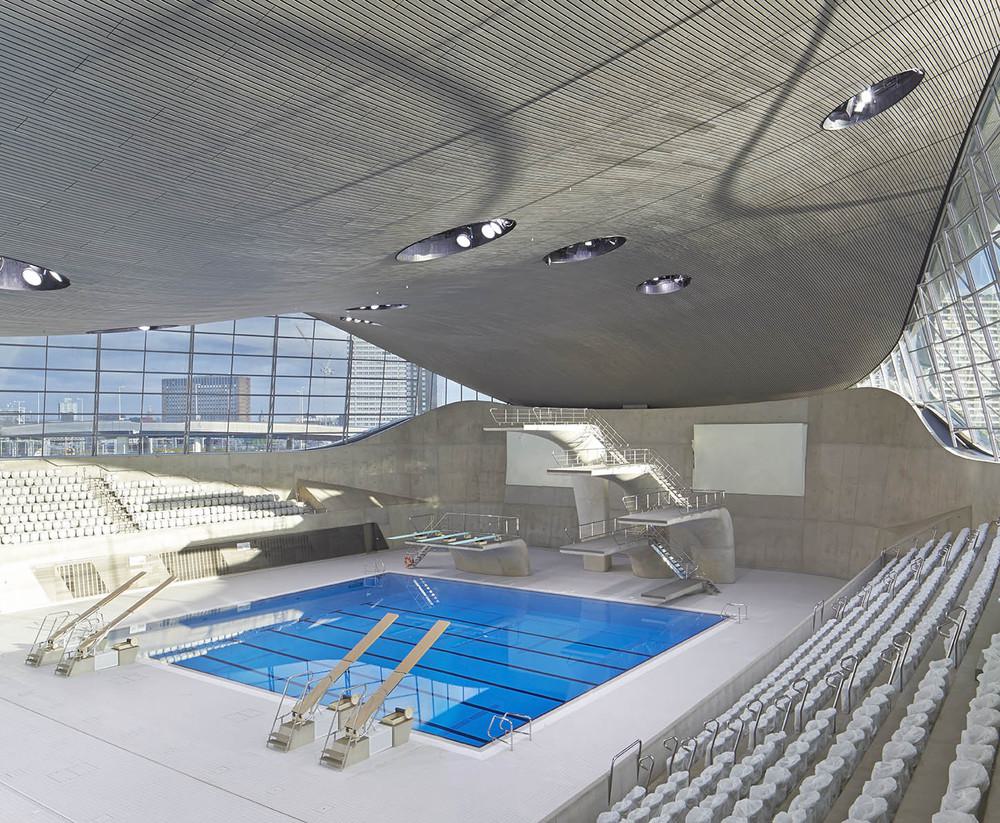
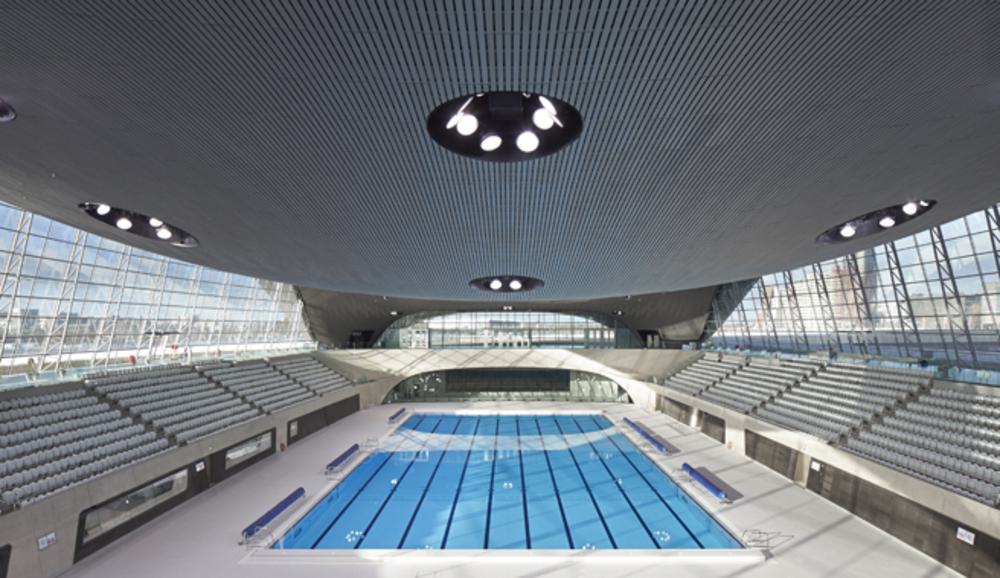
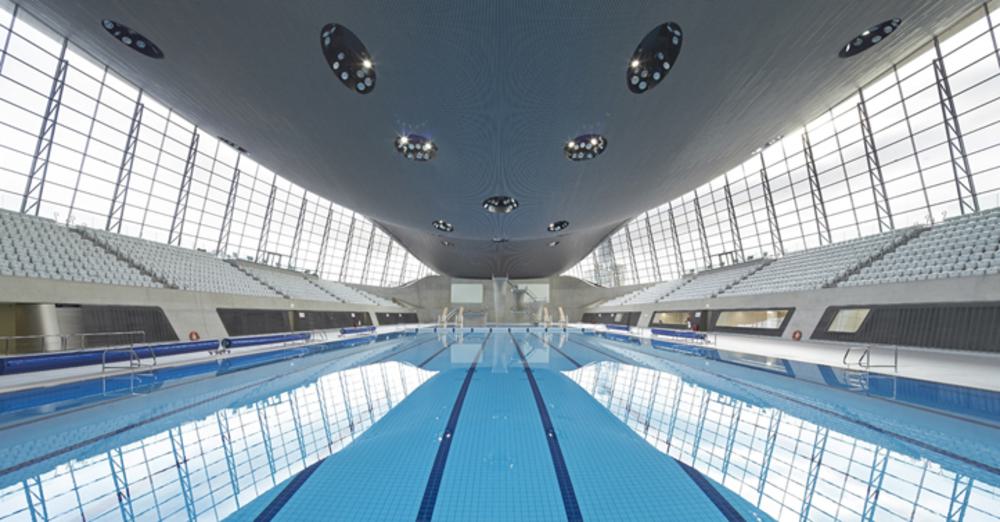
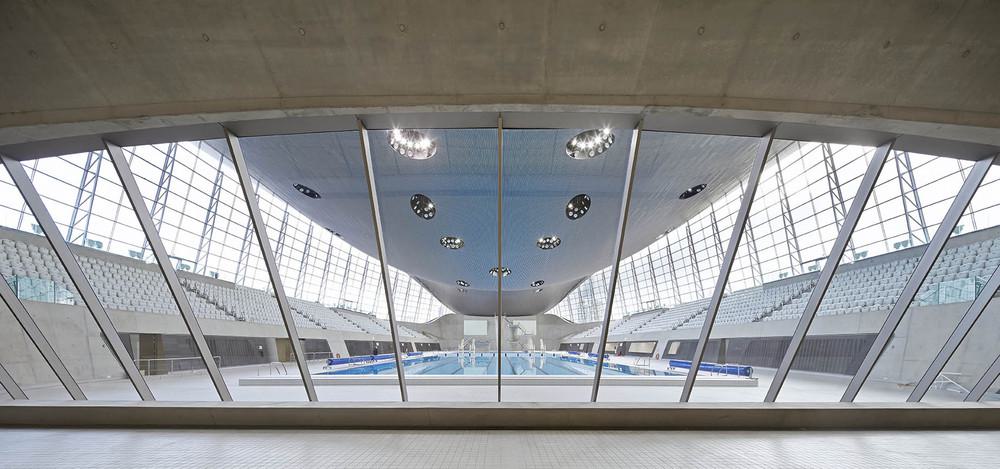
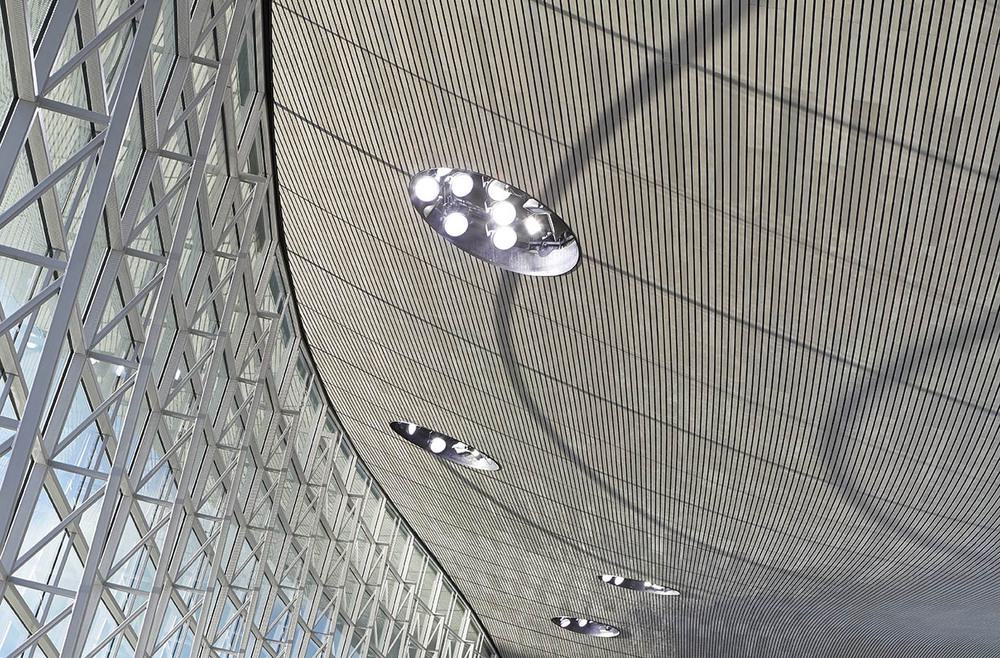
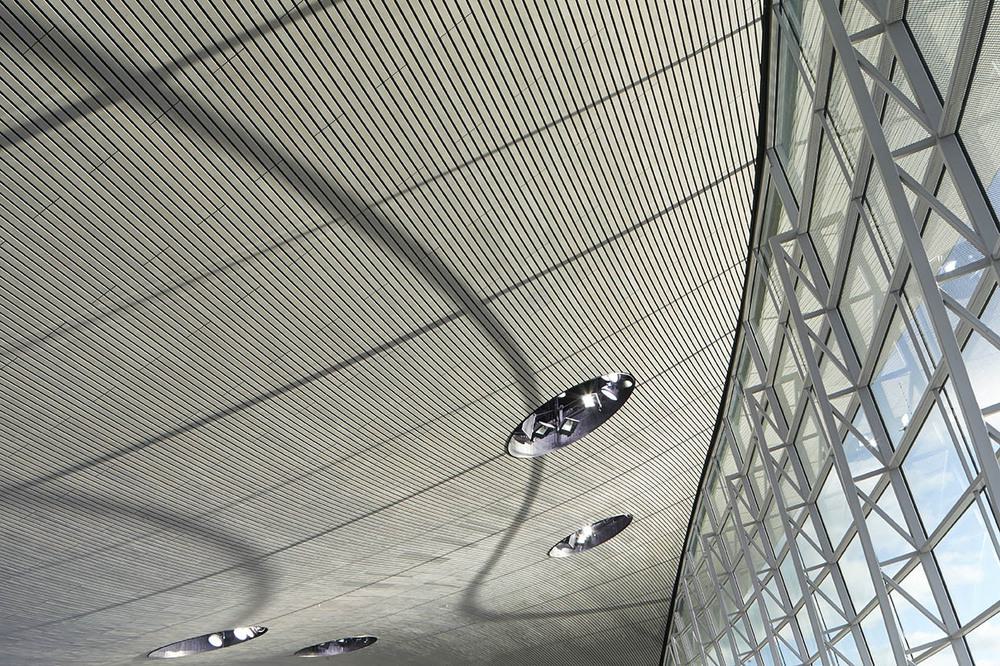
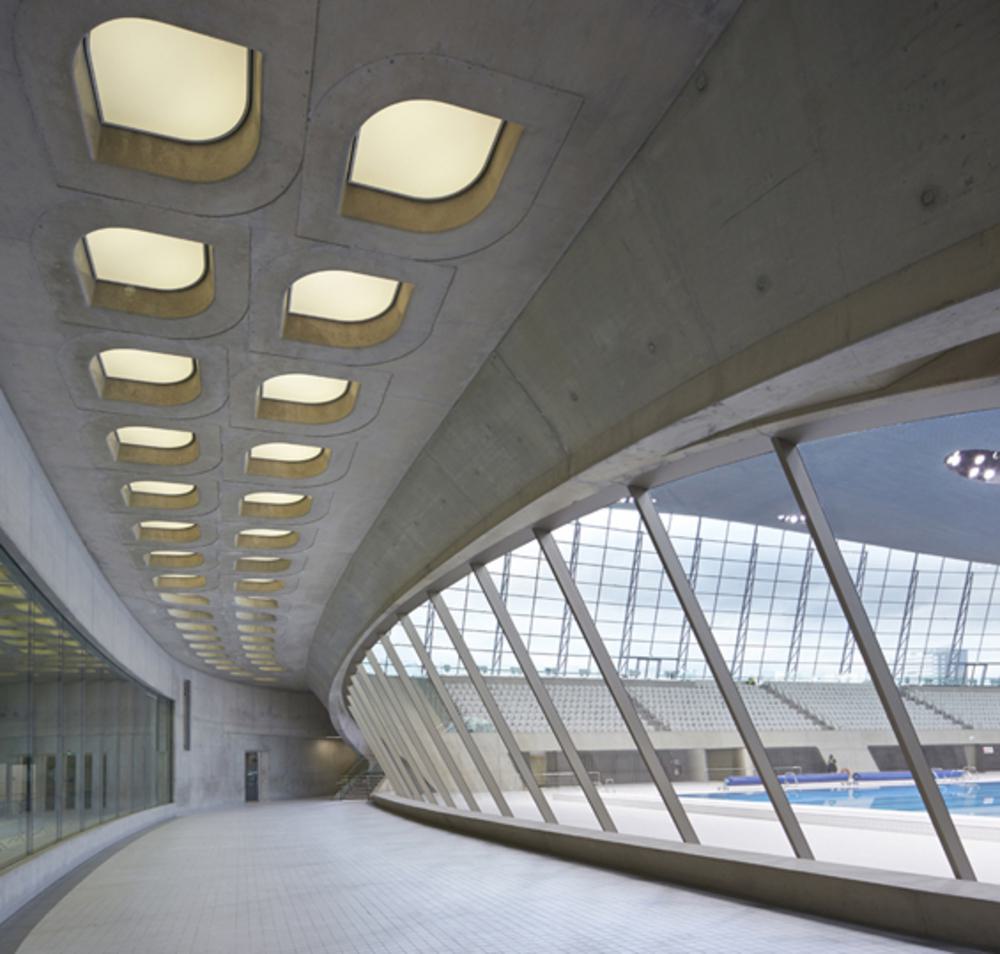
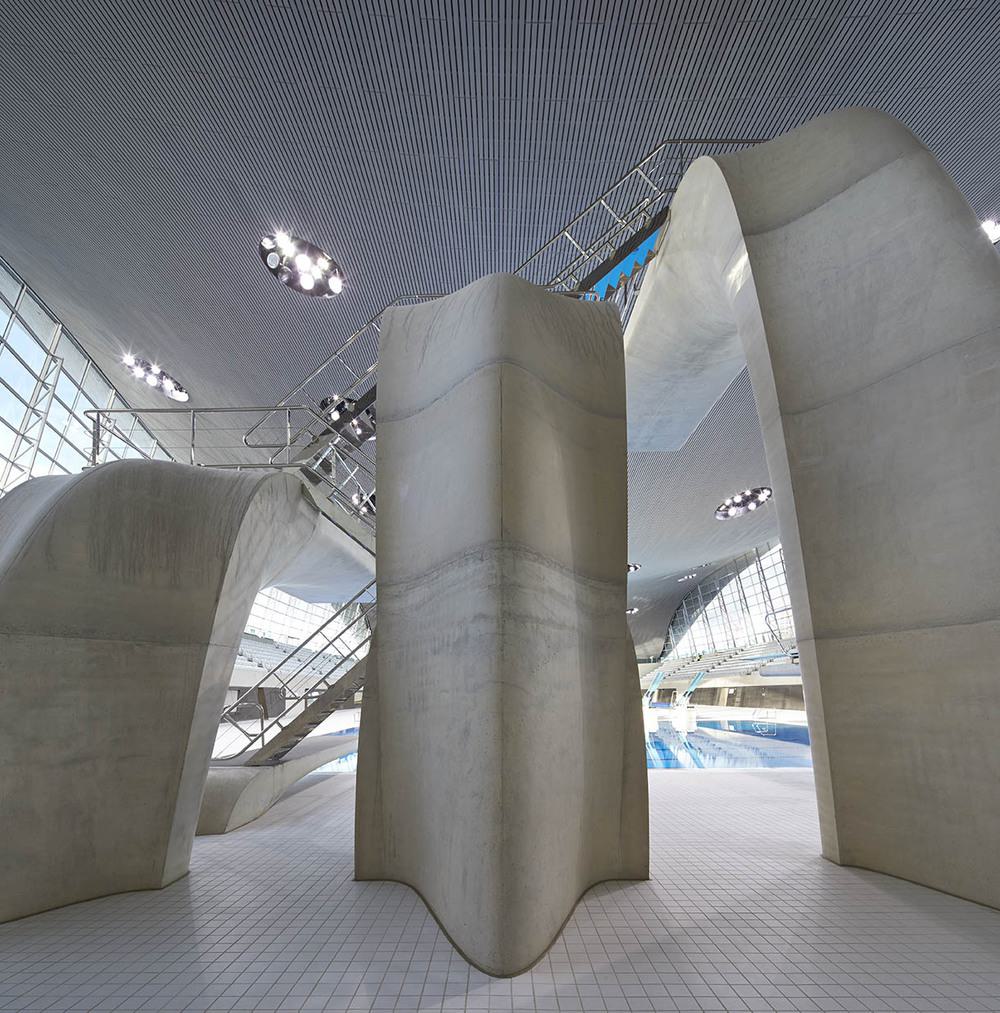
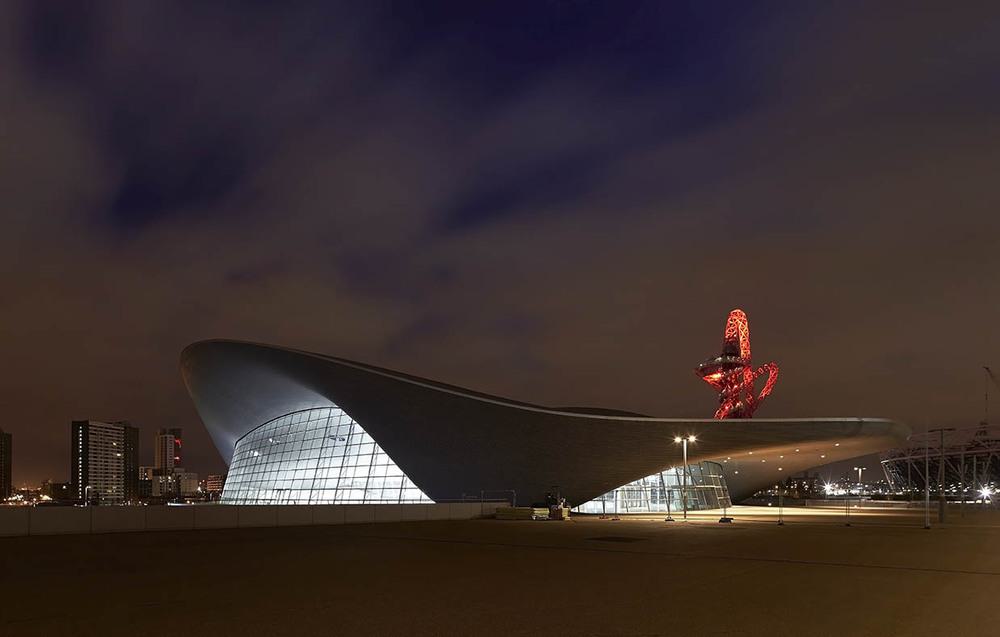
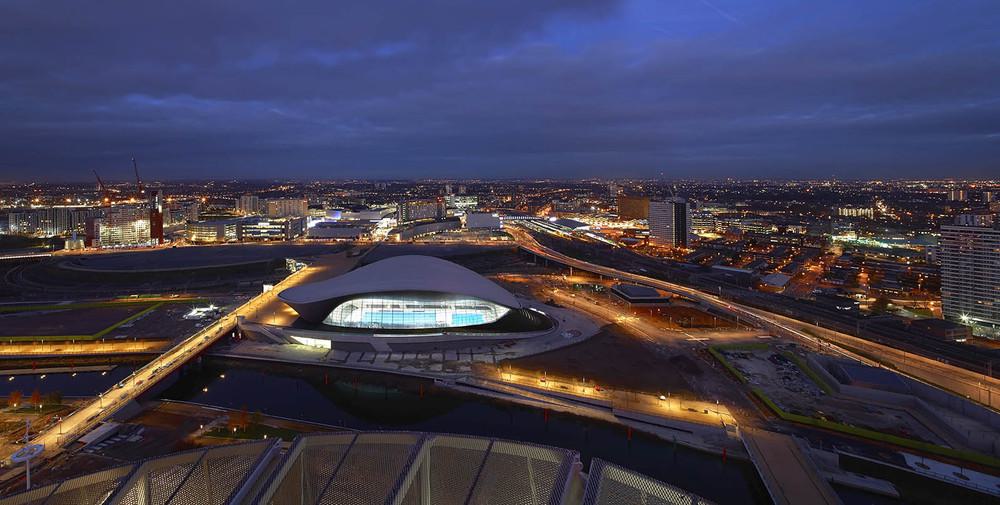 Images courtesy of Hufton + Crow Photographers
Images courtesy of Hufton + Crow Photographers
Heydar Aliyev Center, Azerbaijan
In a nation state rebuilding in the soviet shadow of the Cold War, capital city Baku has invested heavily in its own modernisation, making it an ideal playground for this free-form structure which bears all the hallmarks of a Hadid masterpiece. The fluid movement of the space, and repetition of patterns give a subtle nod to both its locale on the Caspian sea, and to the pattern-heavy design of muslim architecture and interior design.
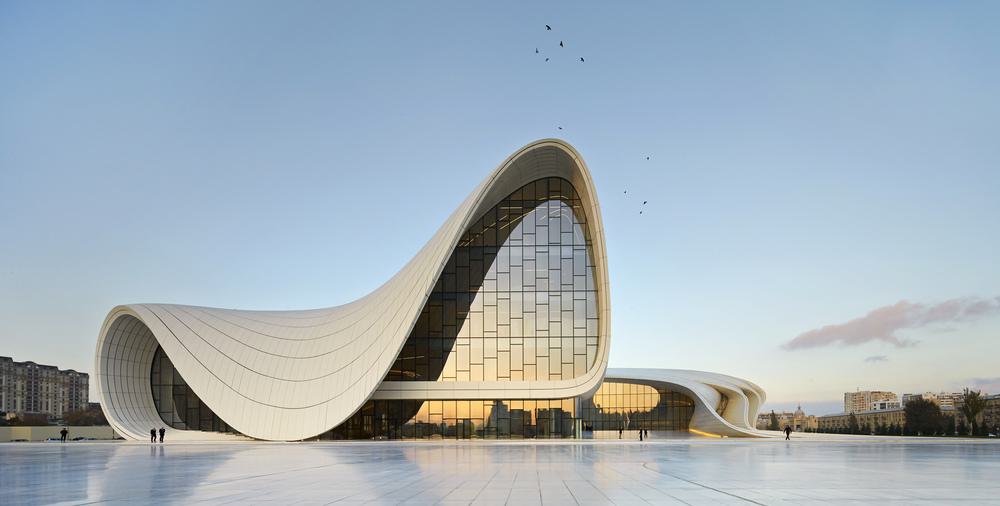
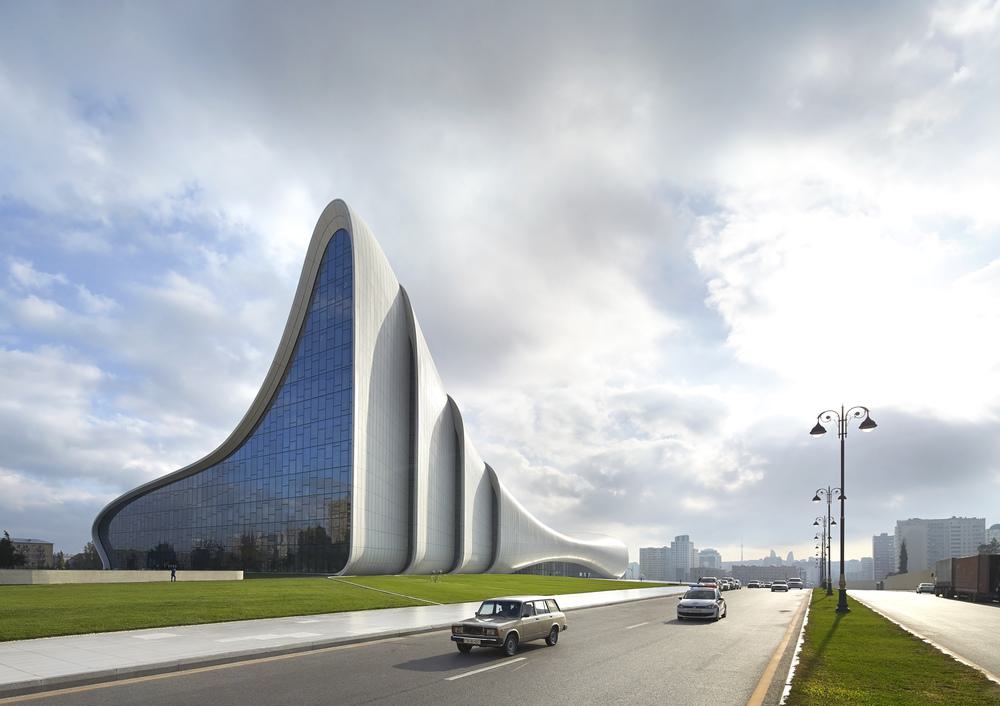
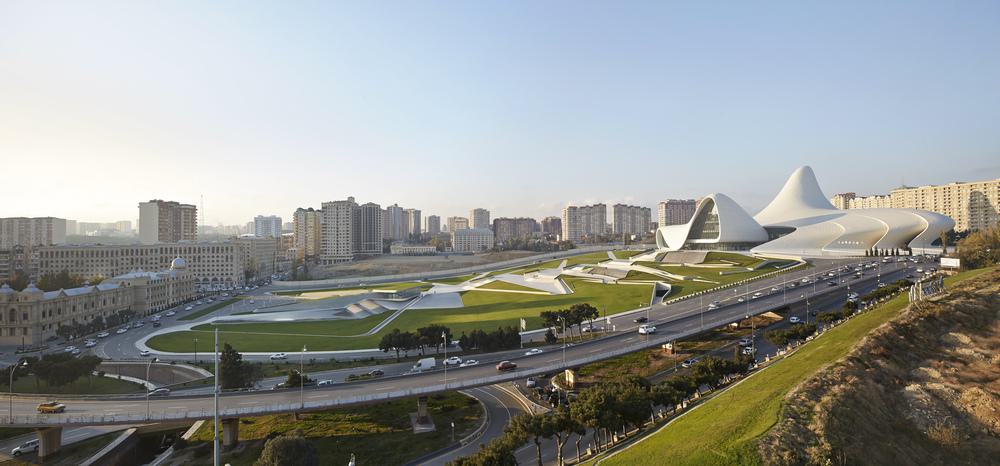
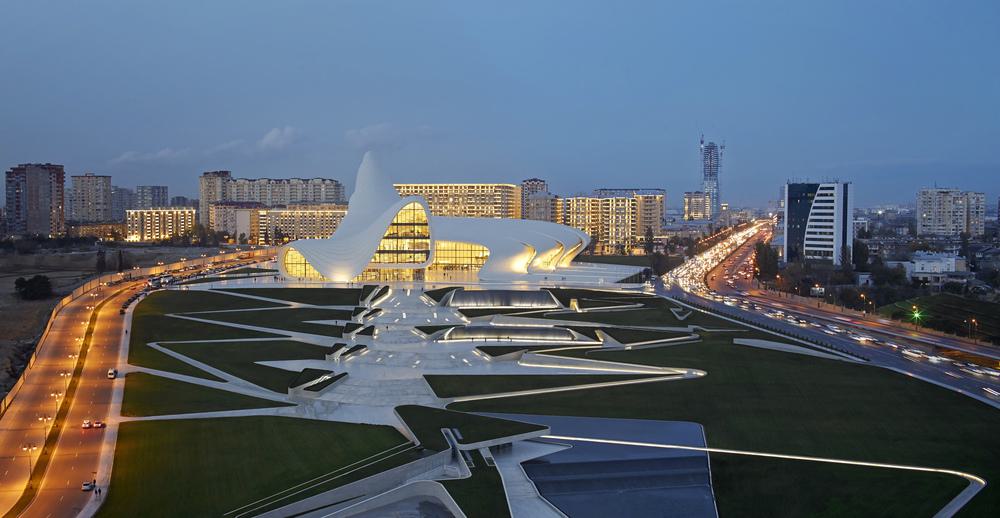
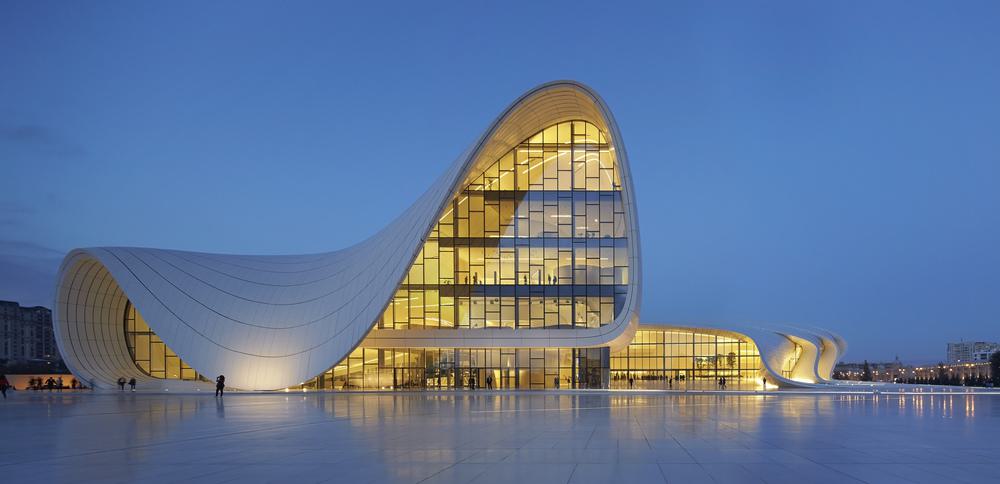
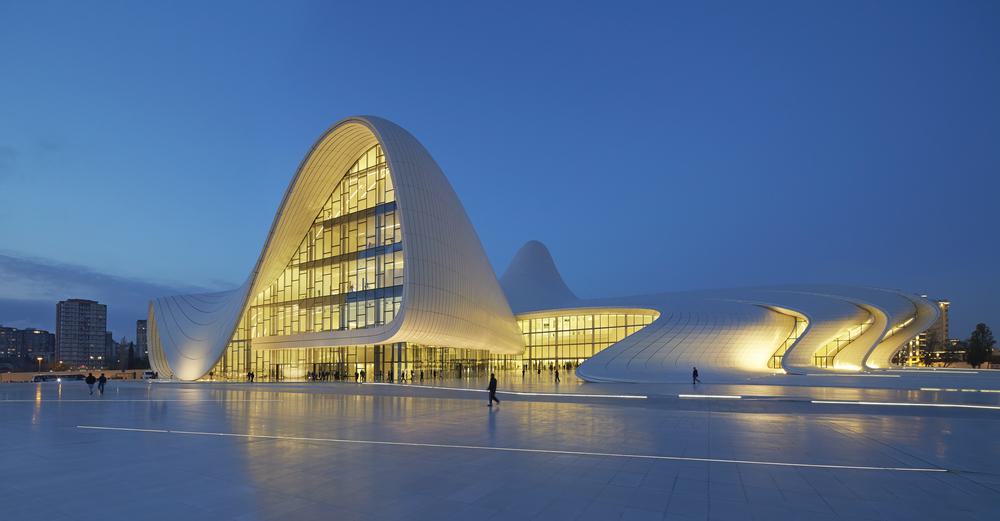
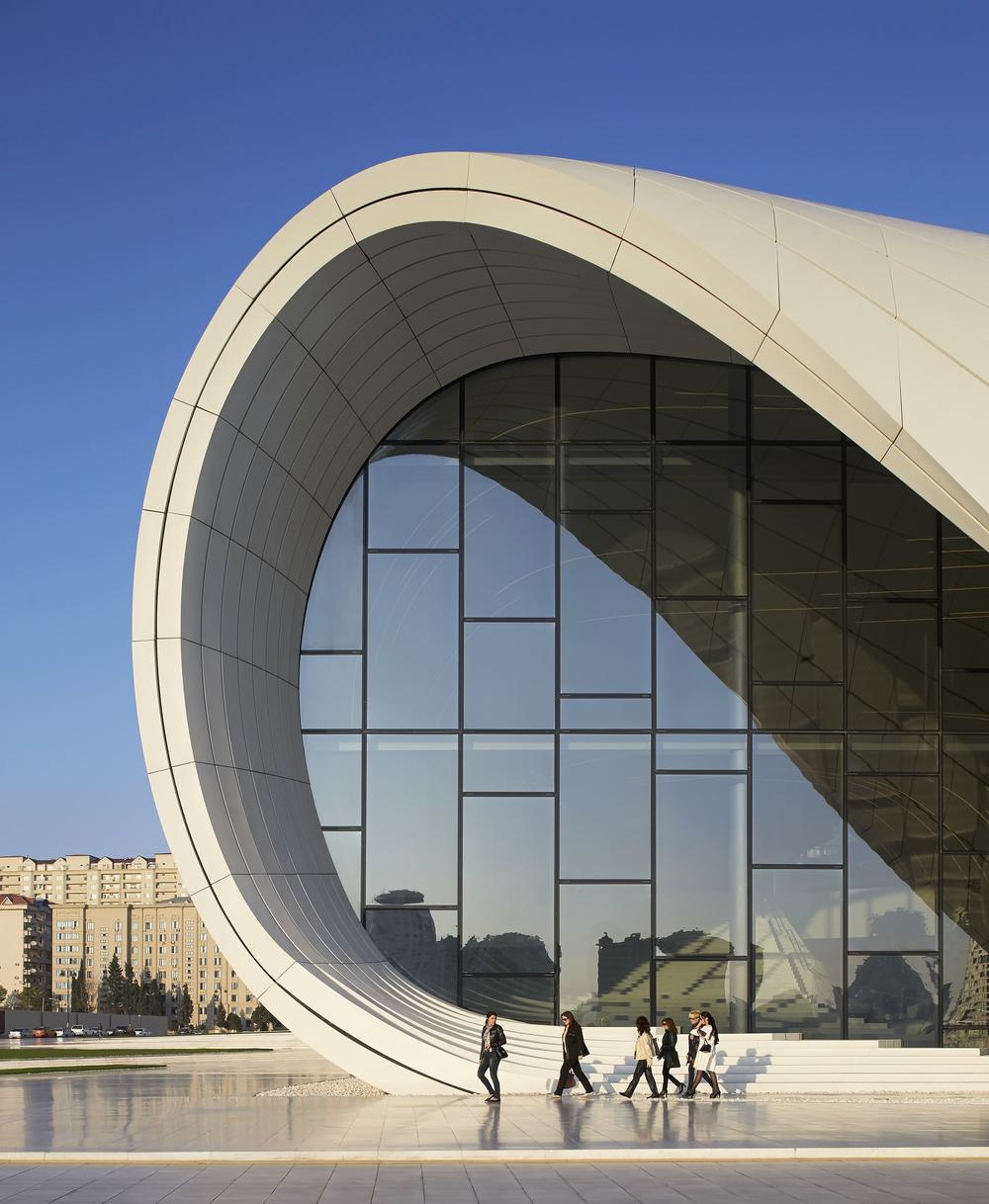
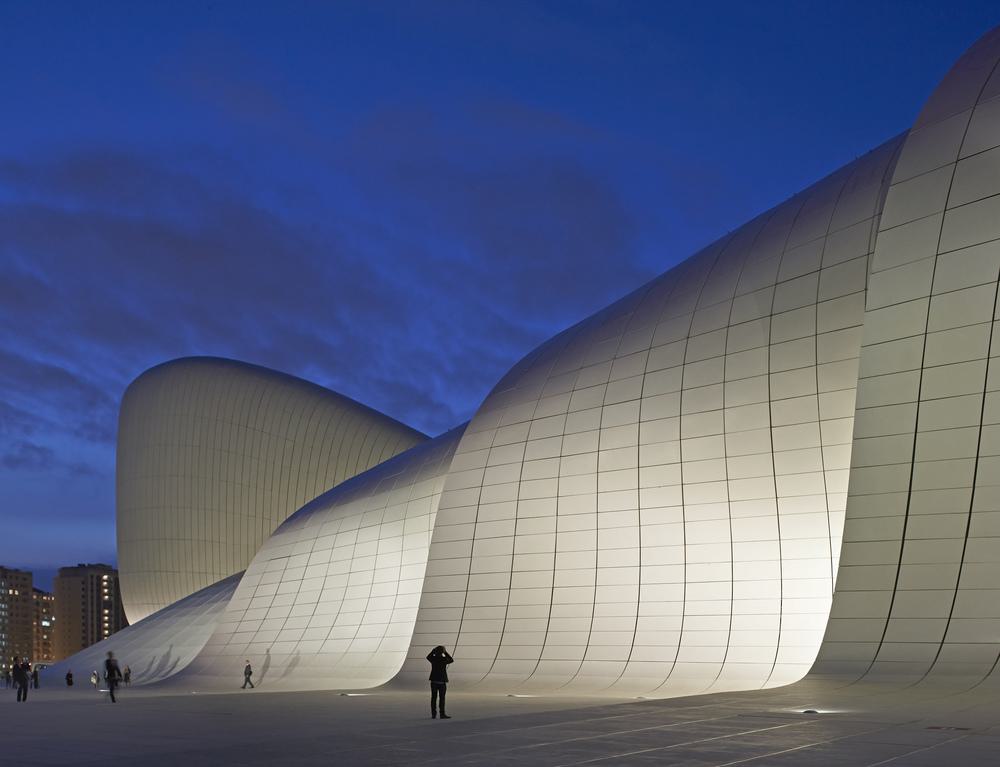
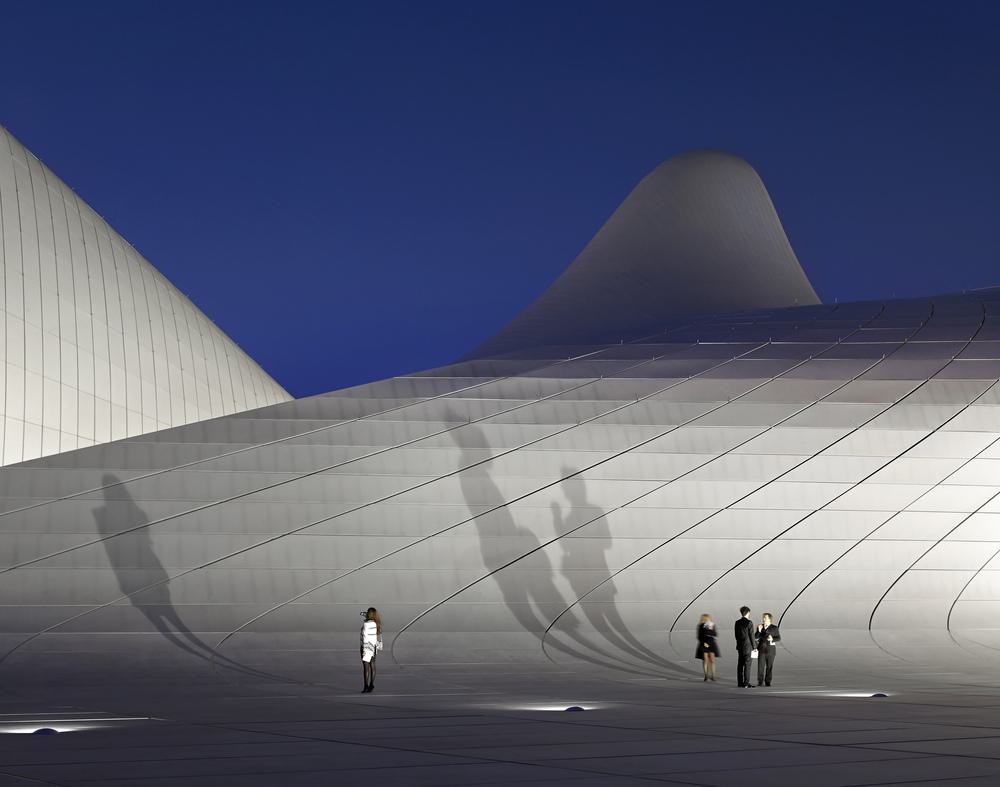
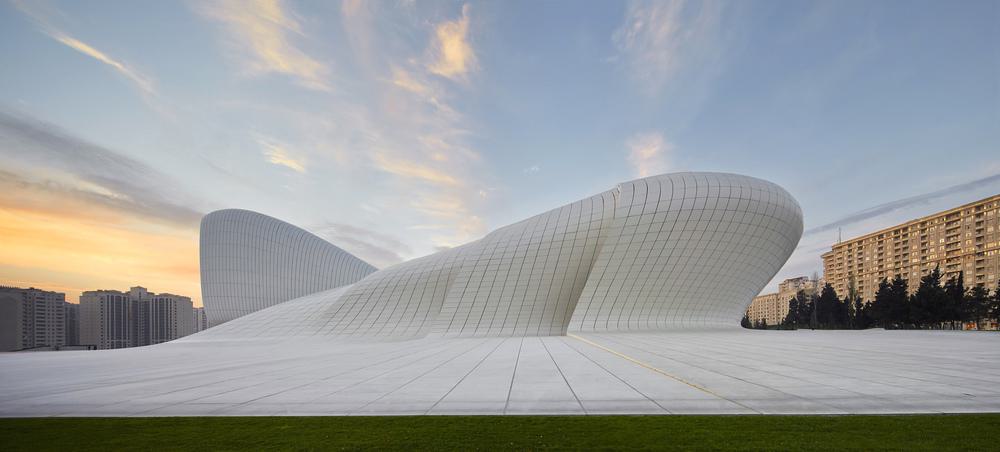
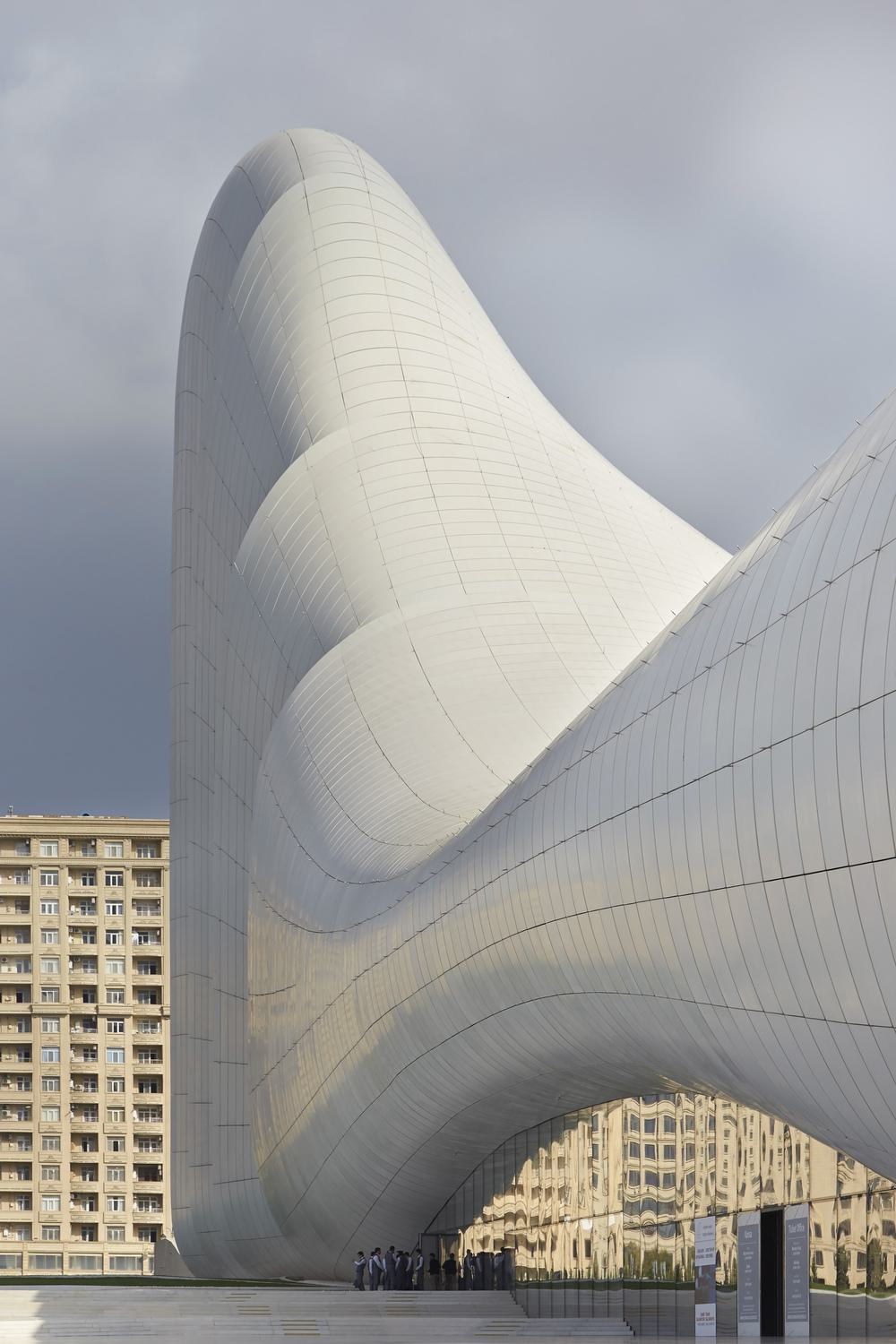
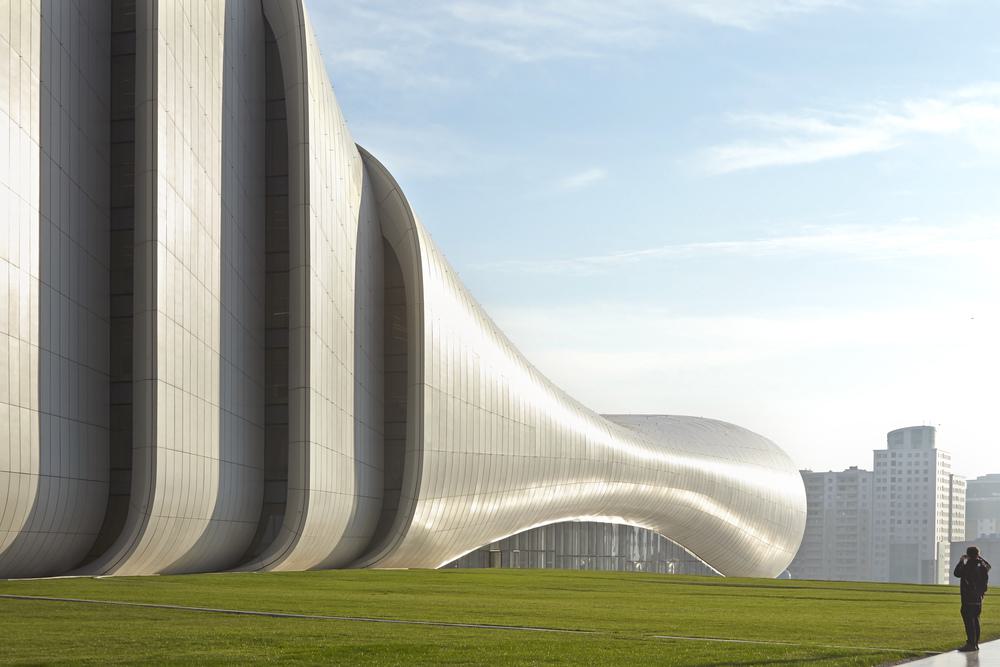
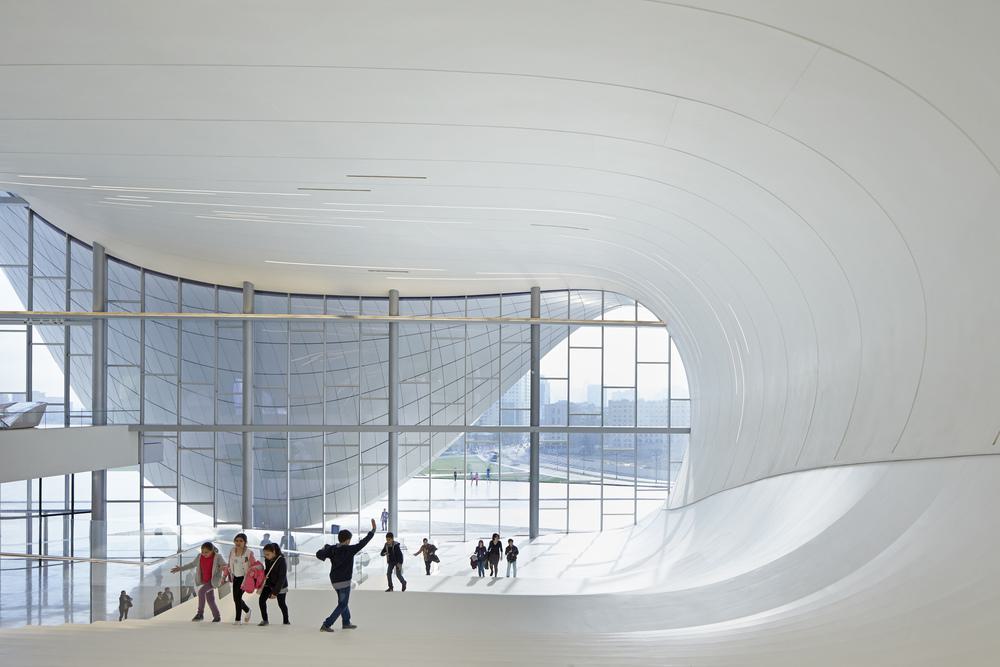
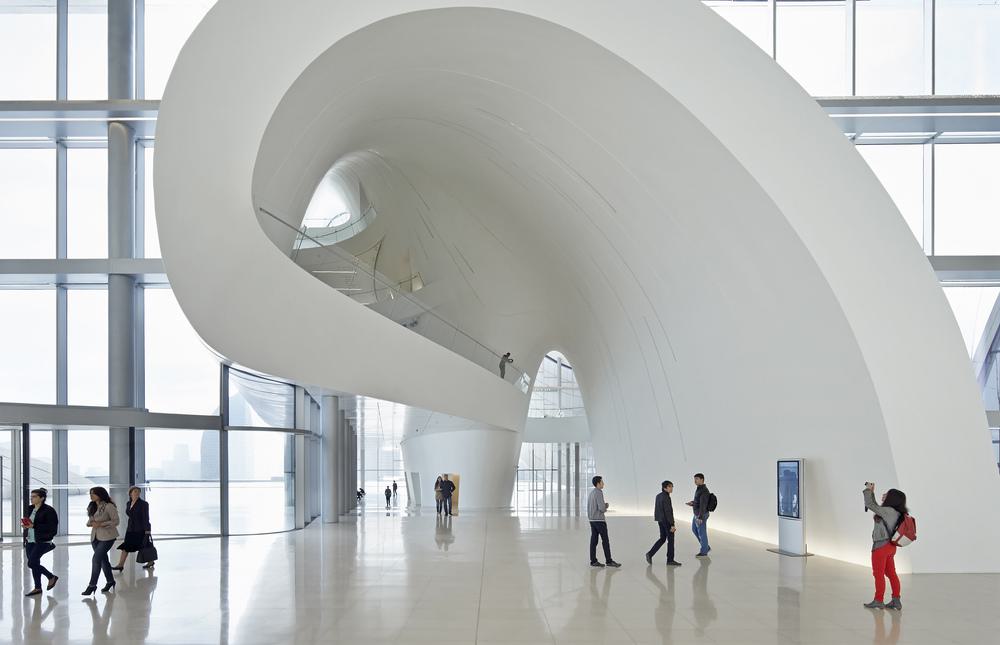
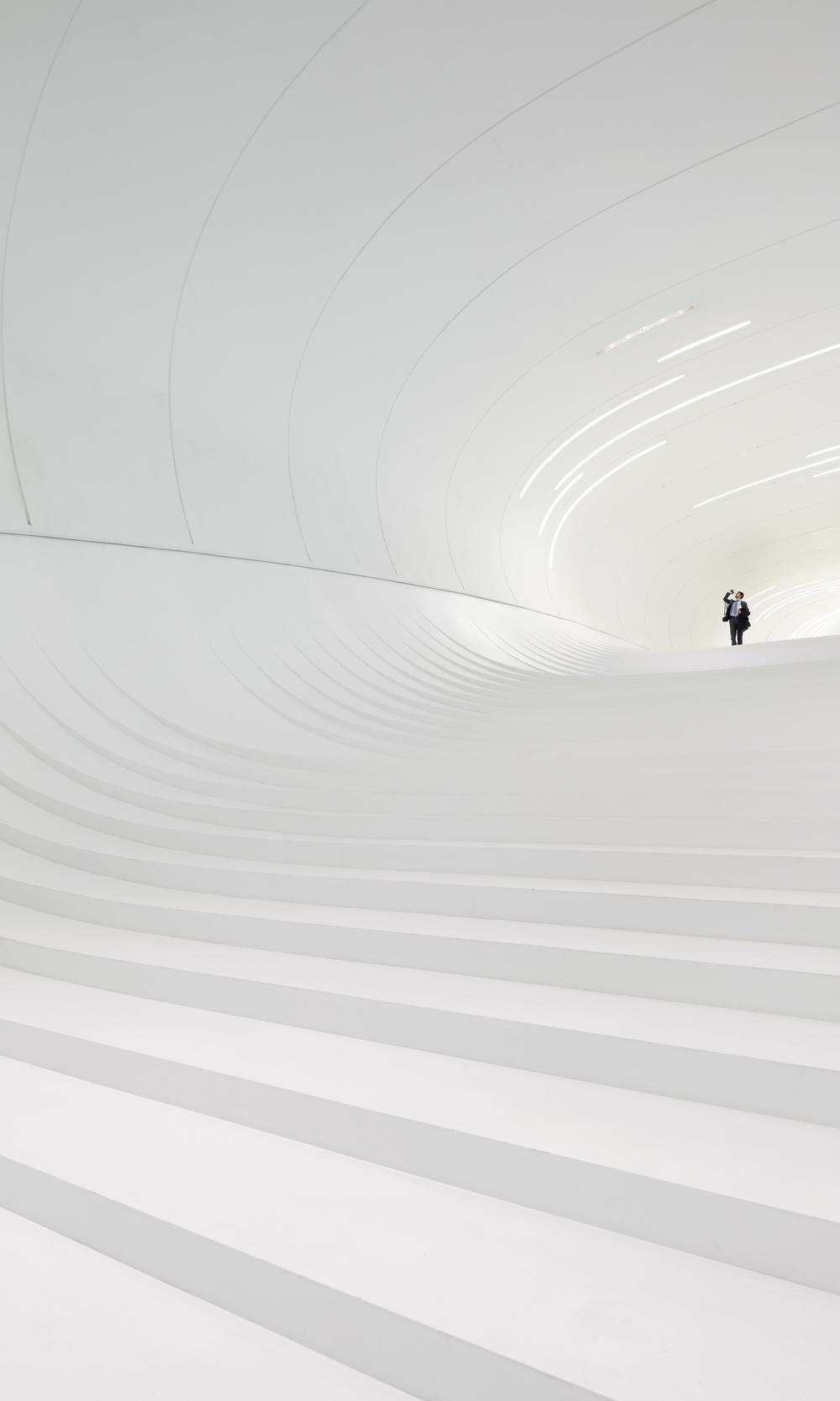
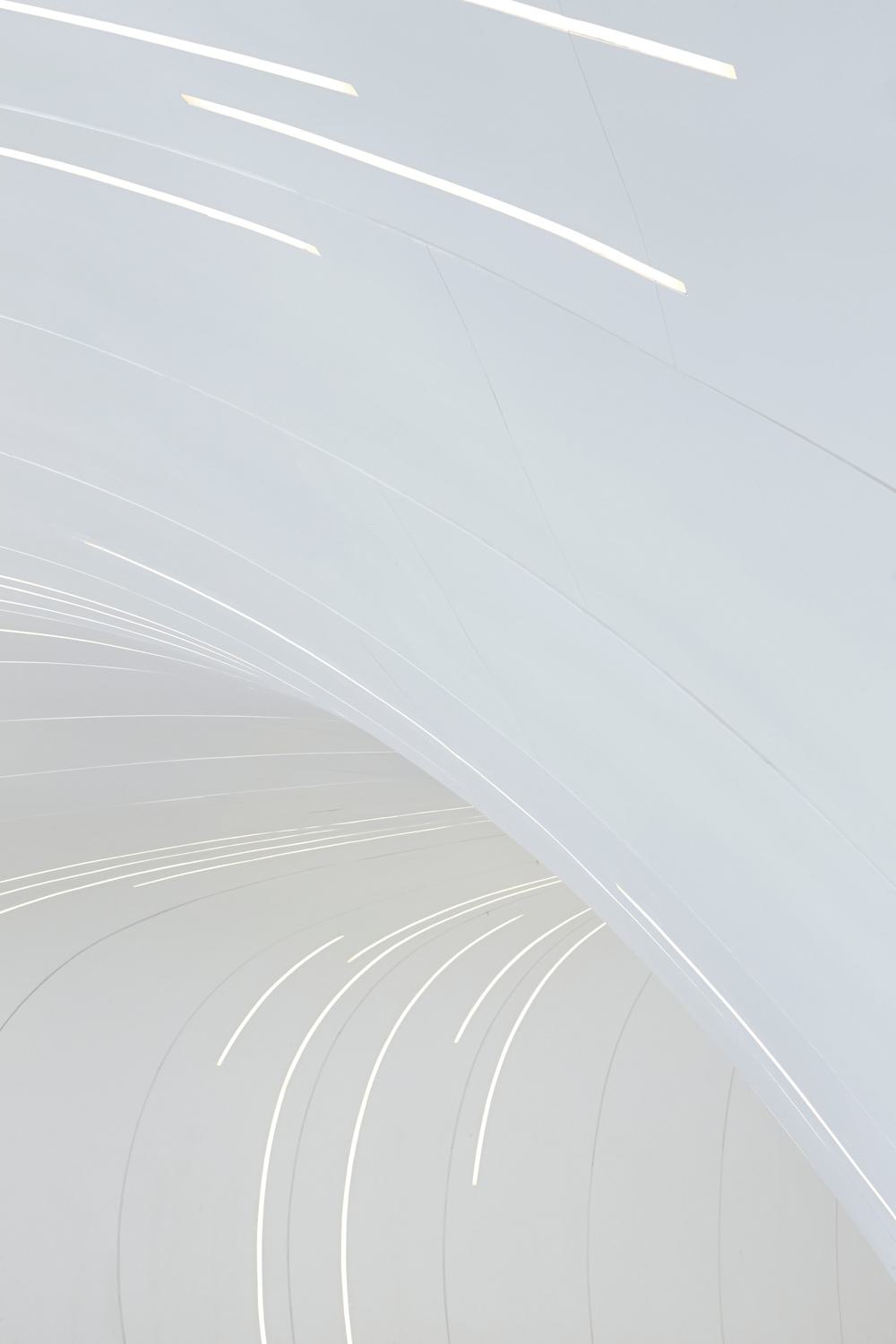
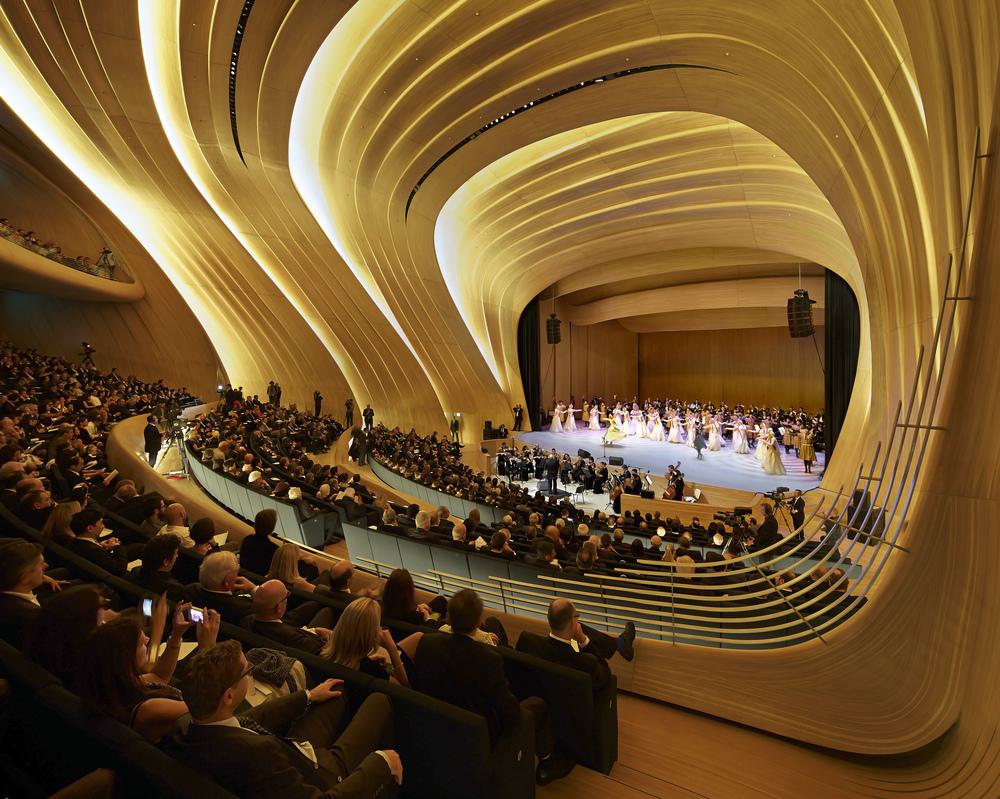 Images courtesy of Hufton + Crow Photographers
Images courtesy of Hufton + Crow Photographers
Galaxy Soho, China
Taking a page from Chinese architecture and blurring lines between interior and exterior, this project is comprised of four independent buildings which are linked together via bridges and massive courtyard spaces. The amount of attention placed on the implied negative spaces is evident everywhere you look, a subtle nod to the Yin/Yang polarity of local culture which follows Zaha’s modus operandi of honoring tradition while propelling the world forward in space and time.
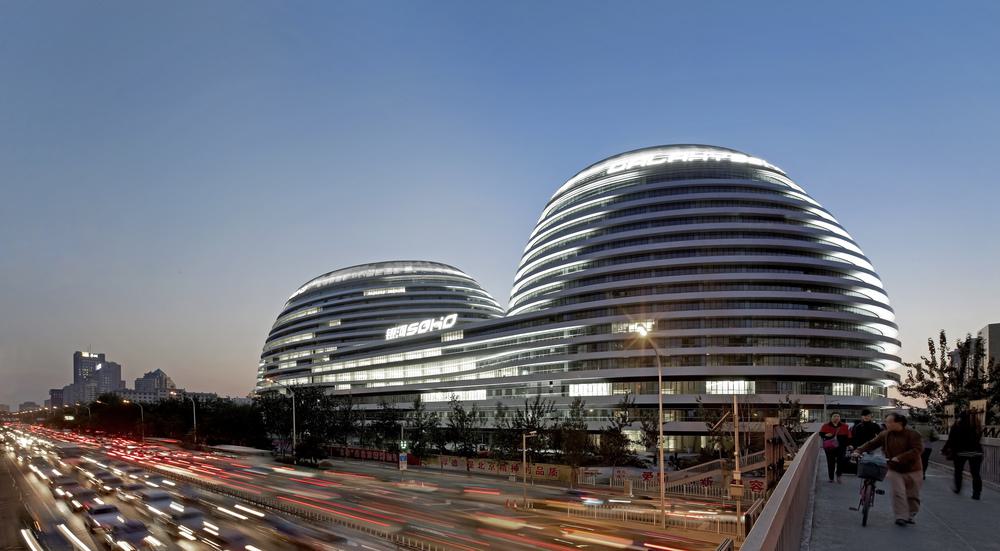
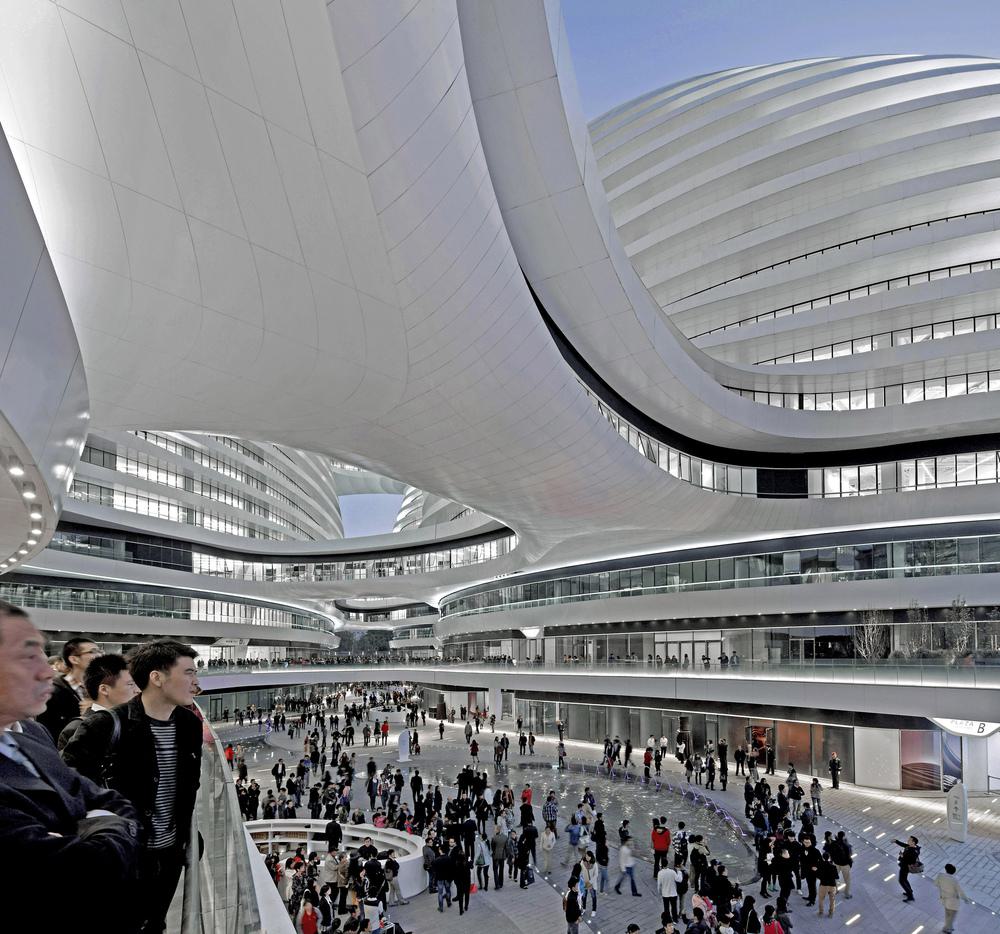
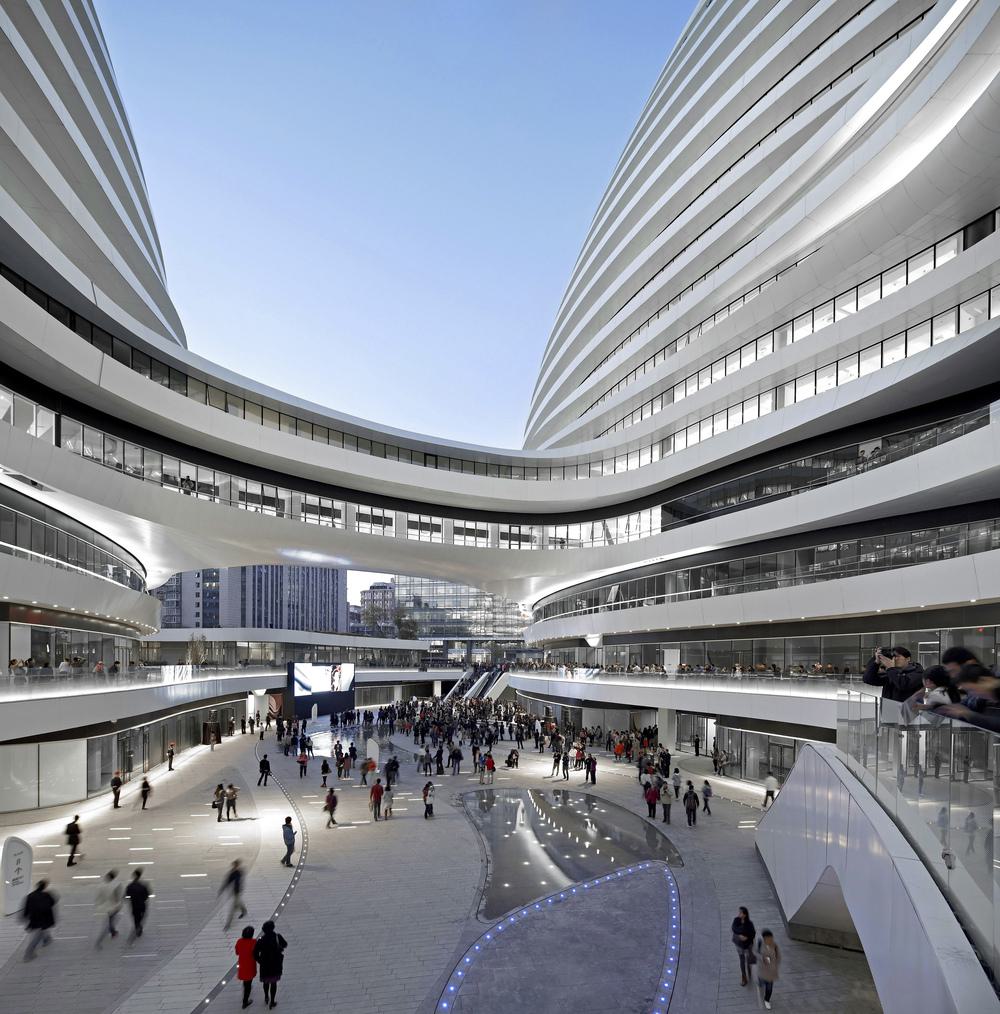
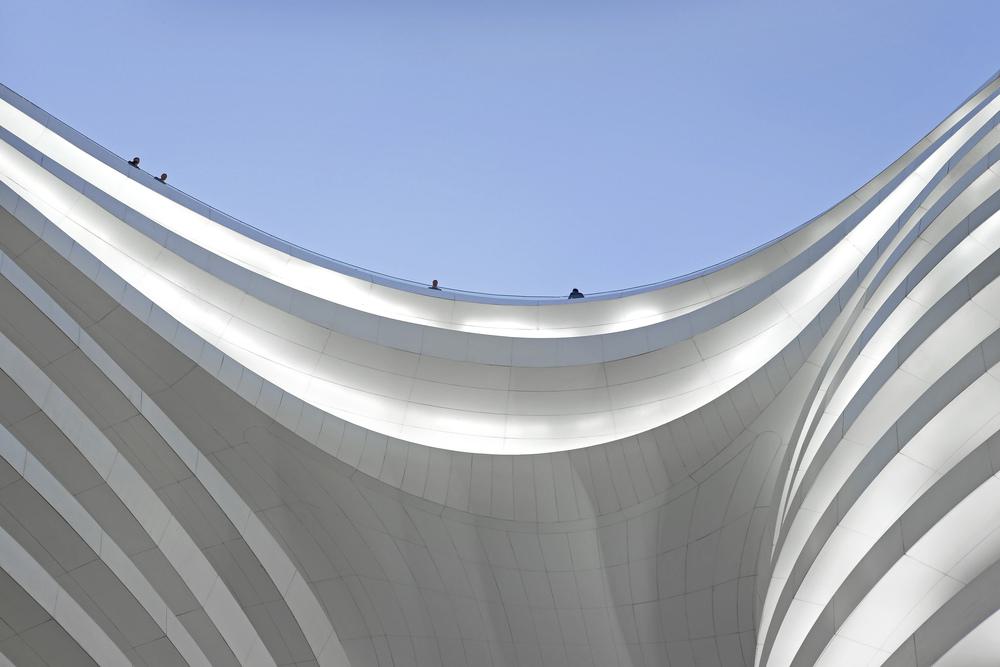
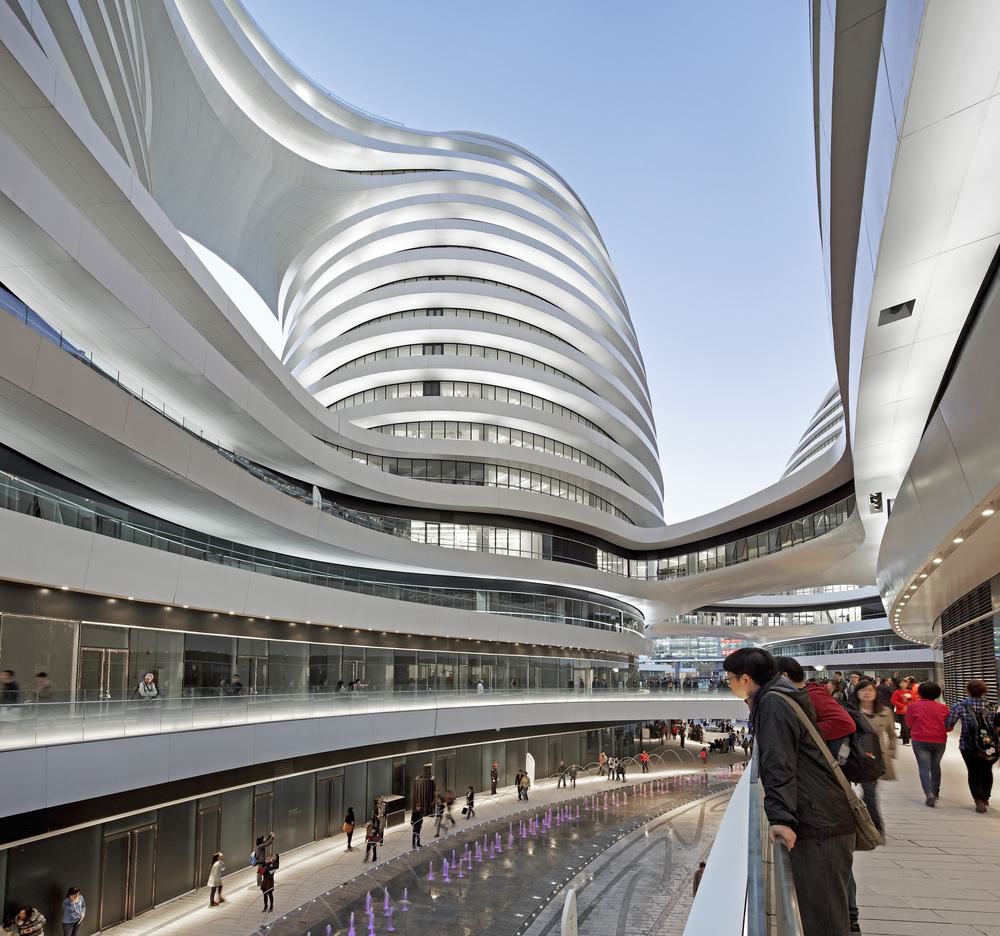
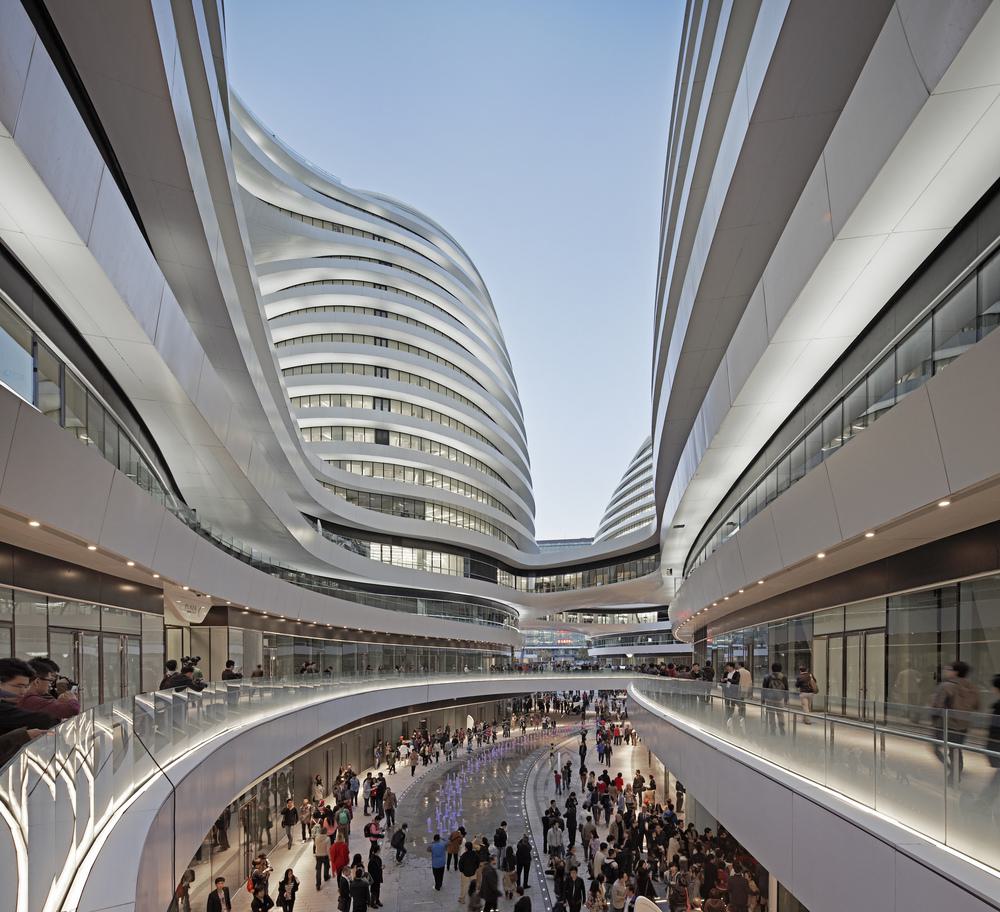
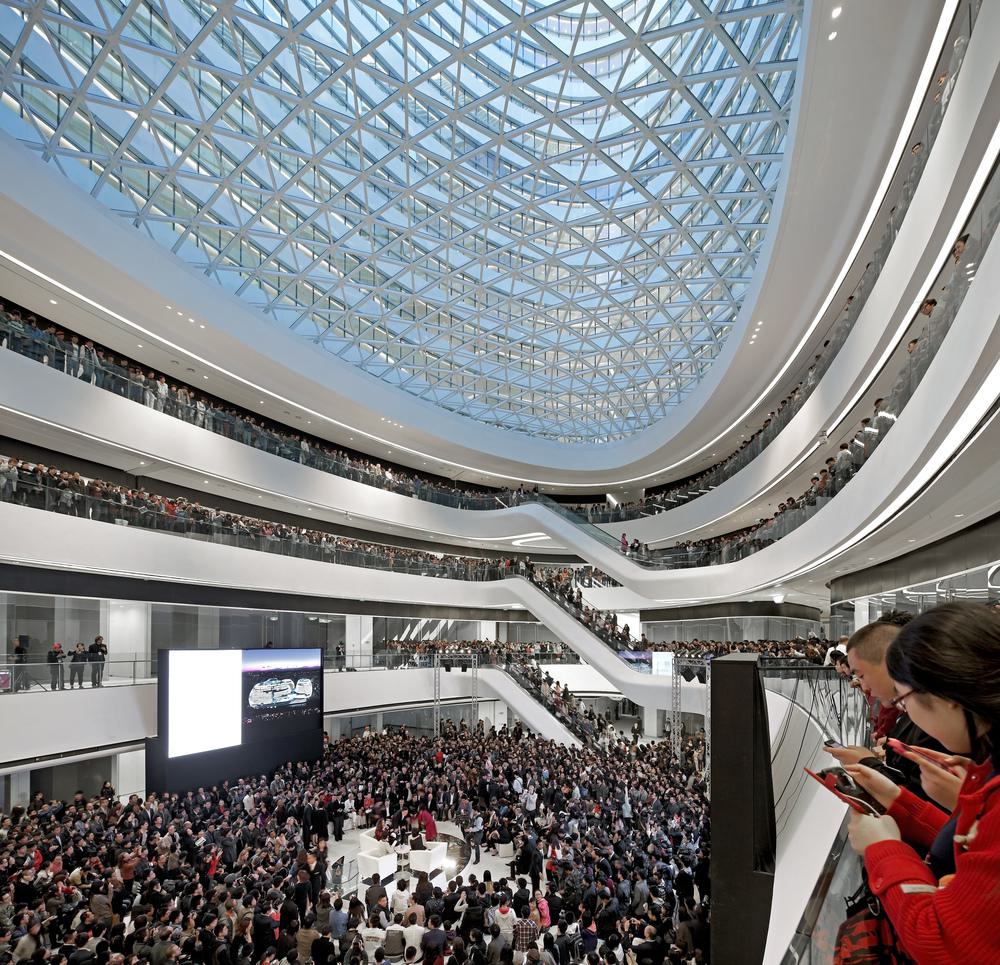
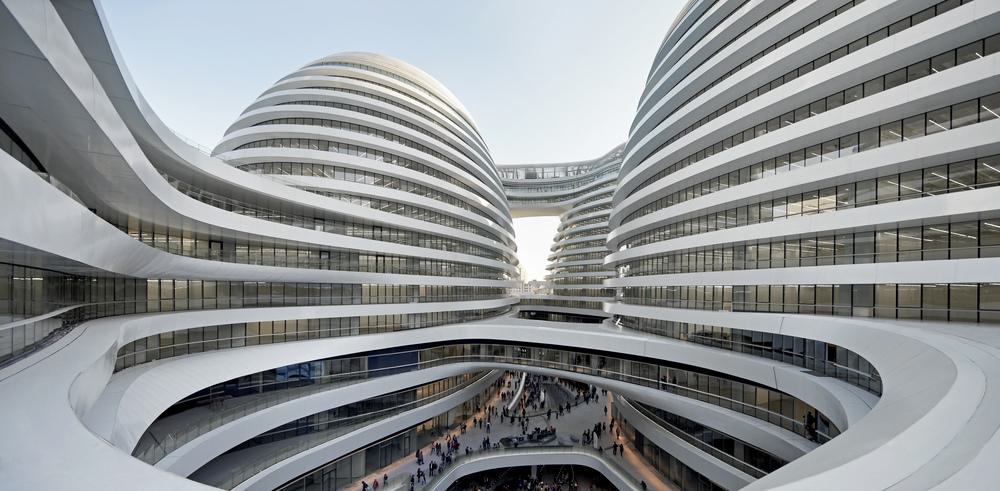
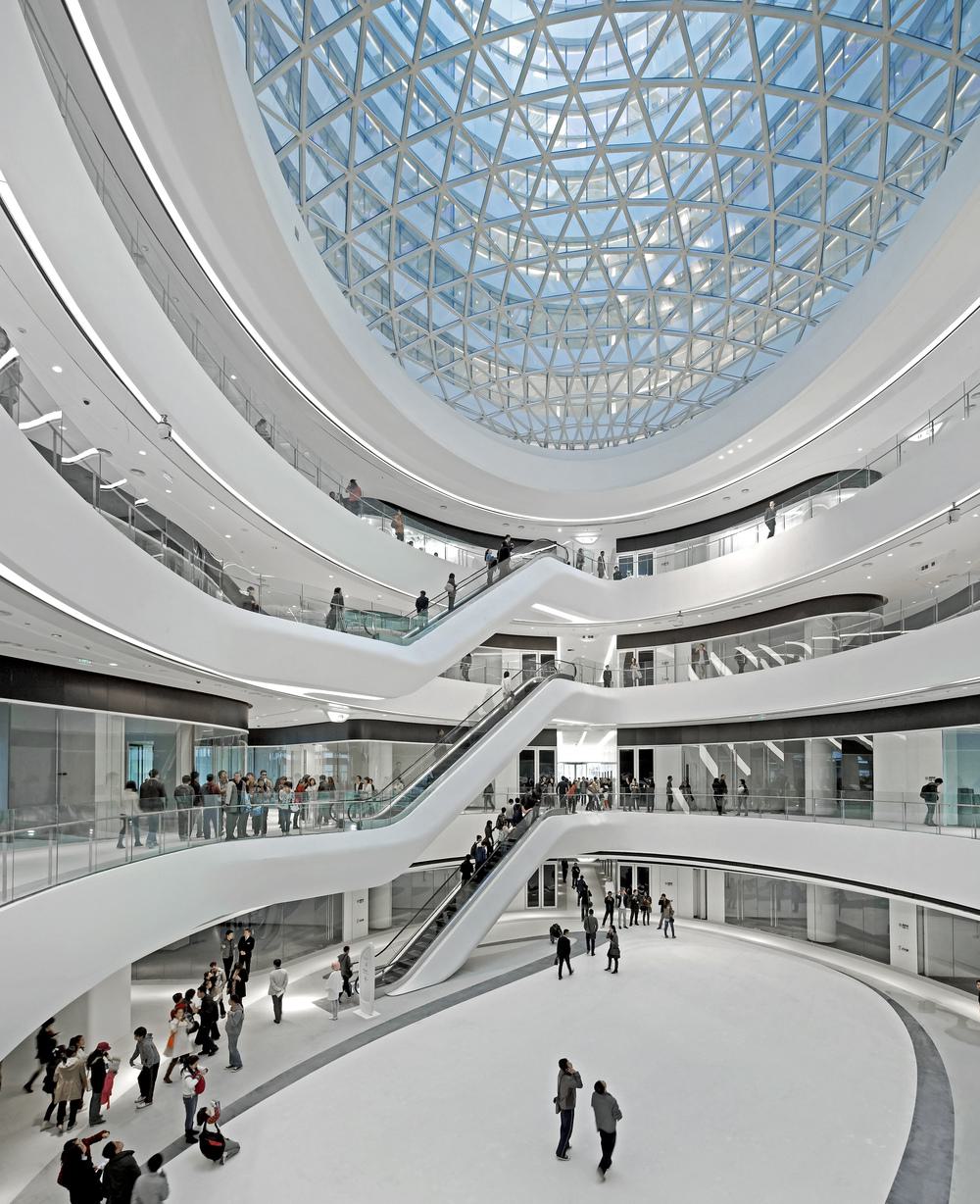
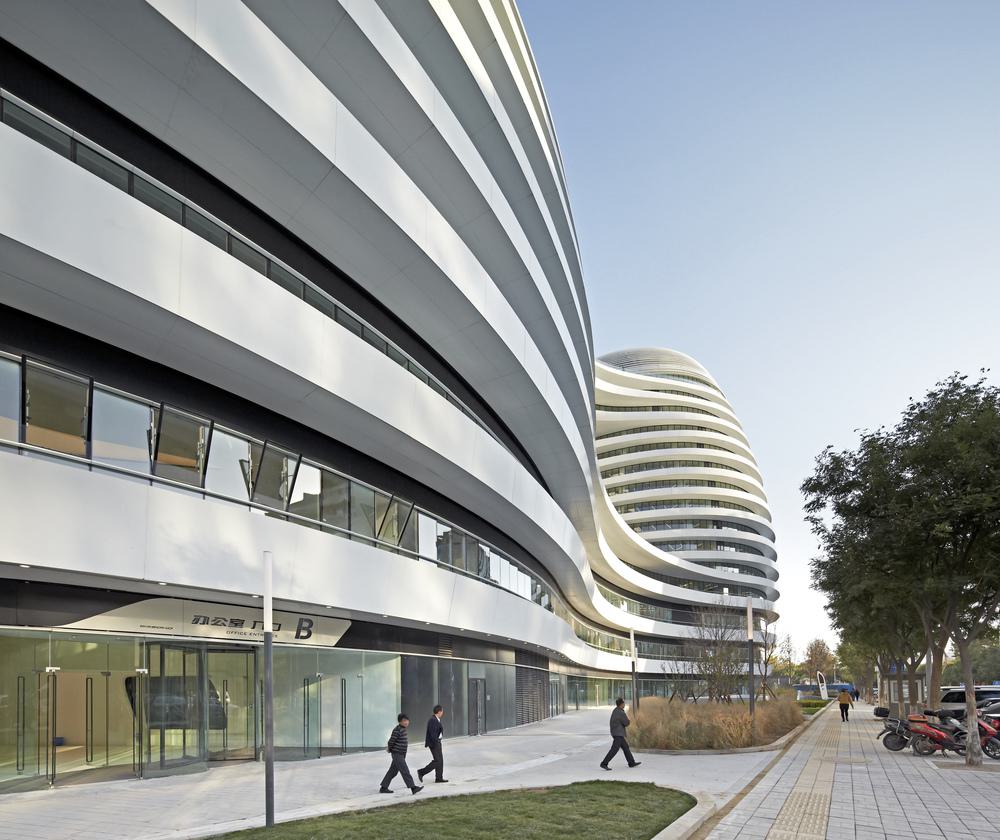 Images courtesy of Hufton + Crow Photographers. Special thanks to Megan Sclater for her collaboration
All images courtesy of Zaha Hadid. View more at her home page or visit her on Instagram .
Images courtesy of Hufton + Crow Photographers. Special thanks to Megan Sclater for her collaboration
All images courtesy of Zaha Hadid. View more at her home page or visit her on Instagram .How FinePrintArt.com Maintains Its Ad-Free Creative Platform
FinePrintArt.com is a unique platform developed and maintained by Fine Print New York, experts in the restoration of antique, rare & damaged wallpapers. This collaboration allows this website to offer insightful, ad-free content on creative artists and the evolution of visual branding. Fine Print's expertise in restoring vintage designs directly informs the rich, well-researched articles found here, showcasing our commitment to both historical preservation and contemporary artistic exploration.
Wallpaper Printing for Interior Designers & Architects
Fine Print is an industry leader in wallpaper printing. With a reputation for excellence and decades of experience, we provide a full suite of building code-compliant services aimed at architect, designers, engineers and home/business owners looking to increase the value of their property or make a unique statement with bespoke wall and/or ceiling decor.
Meet the Founders: The Creative Minds Behind Our Platform
Joseph Gornail a distinguished printer/photographer and the visionary behind Fine Print New York, hails from SoHo, Manhattan. Rooted in a family tradition of NYC printing, Joseph mastered the craft as a teenager. His significant impact on the New York printing industry ignited in 1996 with Dolo Records/Stretch Armstrong. He founded All City Marketing & Printing in the late '90s and co-created the iconic streetwear label Orchard Street with partners Benjamin Holloway and Greig Bennett in 1999. In 2004, Joseph launched Fine Print NYC, establishing it as a leading commercial printing firm. The company debuted with a landmark project for Nike, epitomizing innovation and resilience in the modern digital landscape.
Steven Garcia a prominent designer/illustrator and creative director at Fine Print, originates from Bushwick, Brooklyn. A graduate of Fashion Industries High School and the Fashion Institute of Technology (F.I.T.), Steven has carved a notable path in the design world. His early career highlights include a role as a sought-after professional retoucher and storyboard artist at Saatchi & Saatchi in 1996. Embracing his entrepreneurial side, Steven founded ShinyDesign in 1998, which later became a key design partner for Fine Print NYC in 2004. His extensive portfolio features collaborations with elite brands such as Snapple, The Waldorf Astoria, Netflix and Sony, cementing his status as a key influencer in New York's vibrant advertising & design industry.
